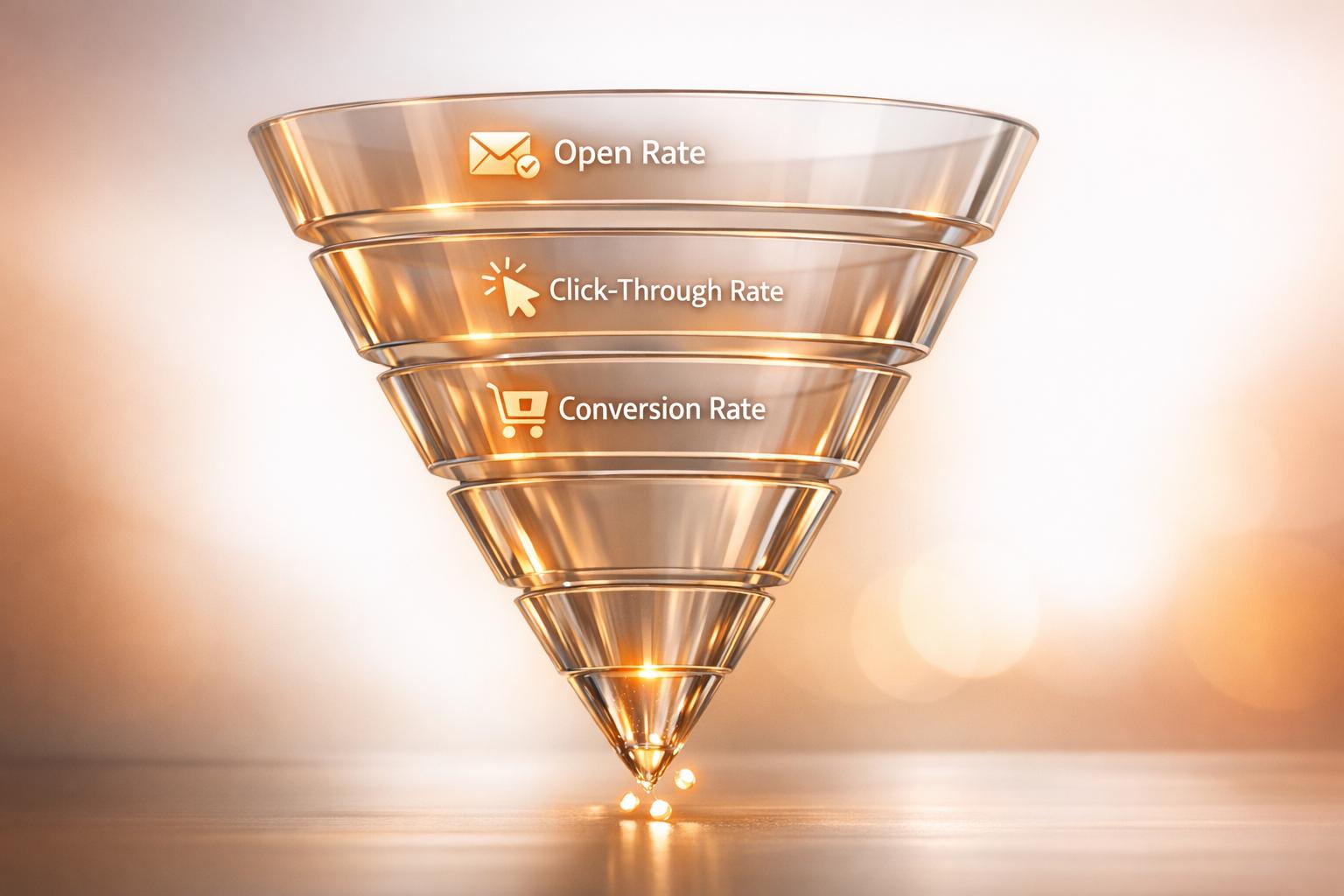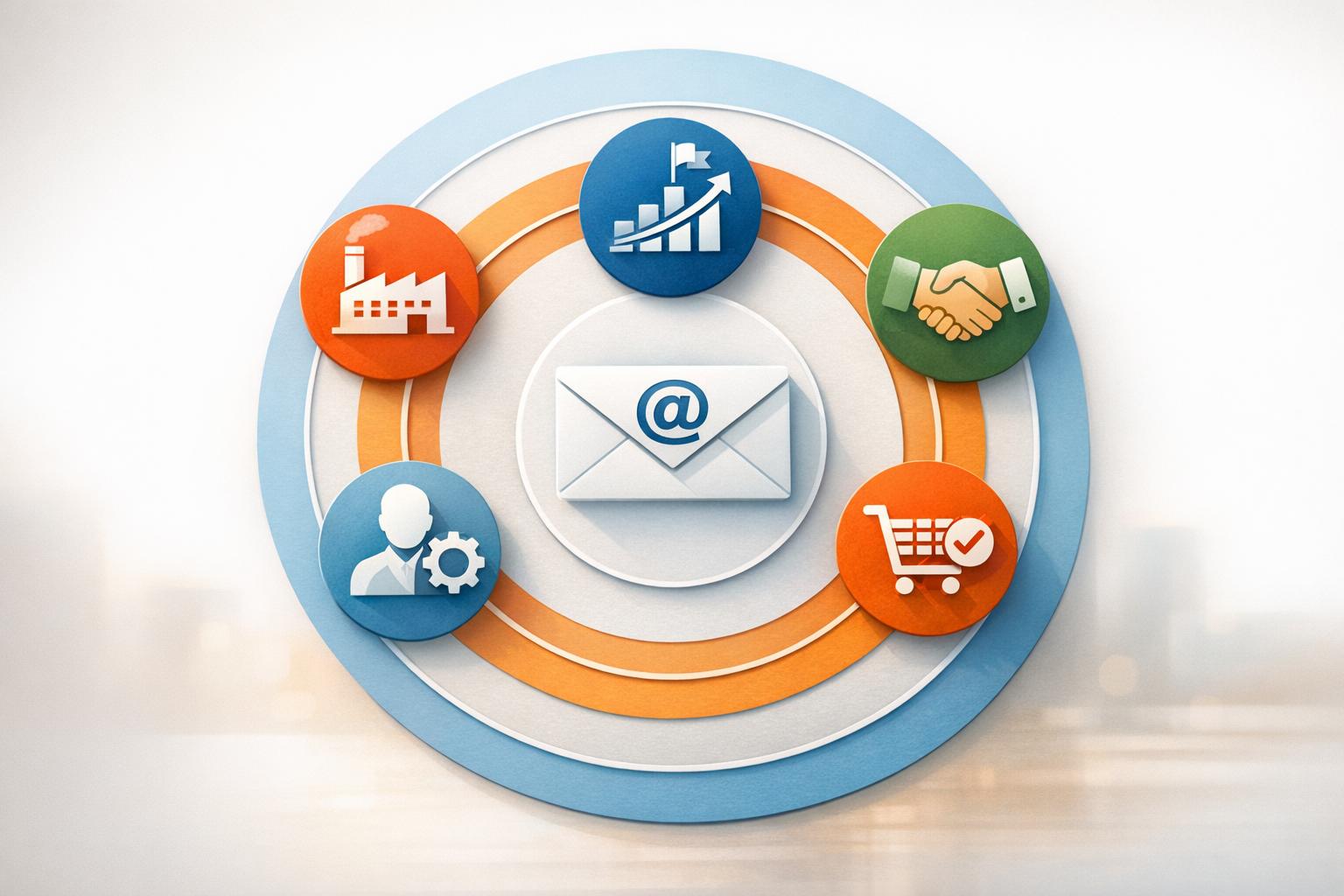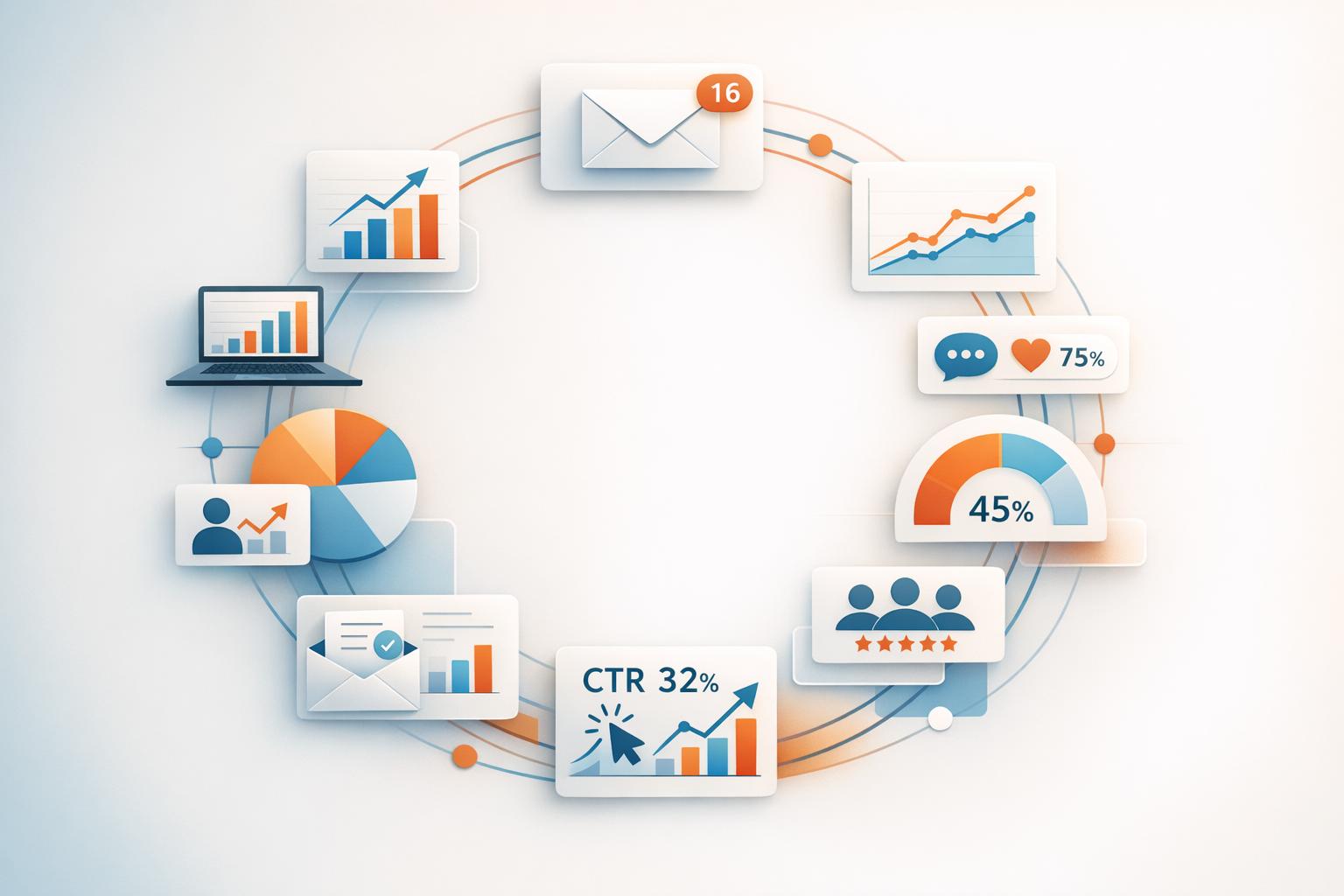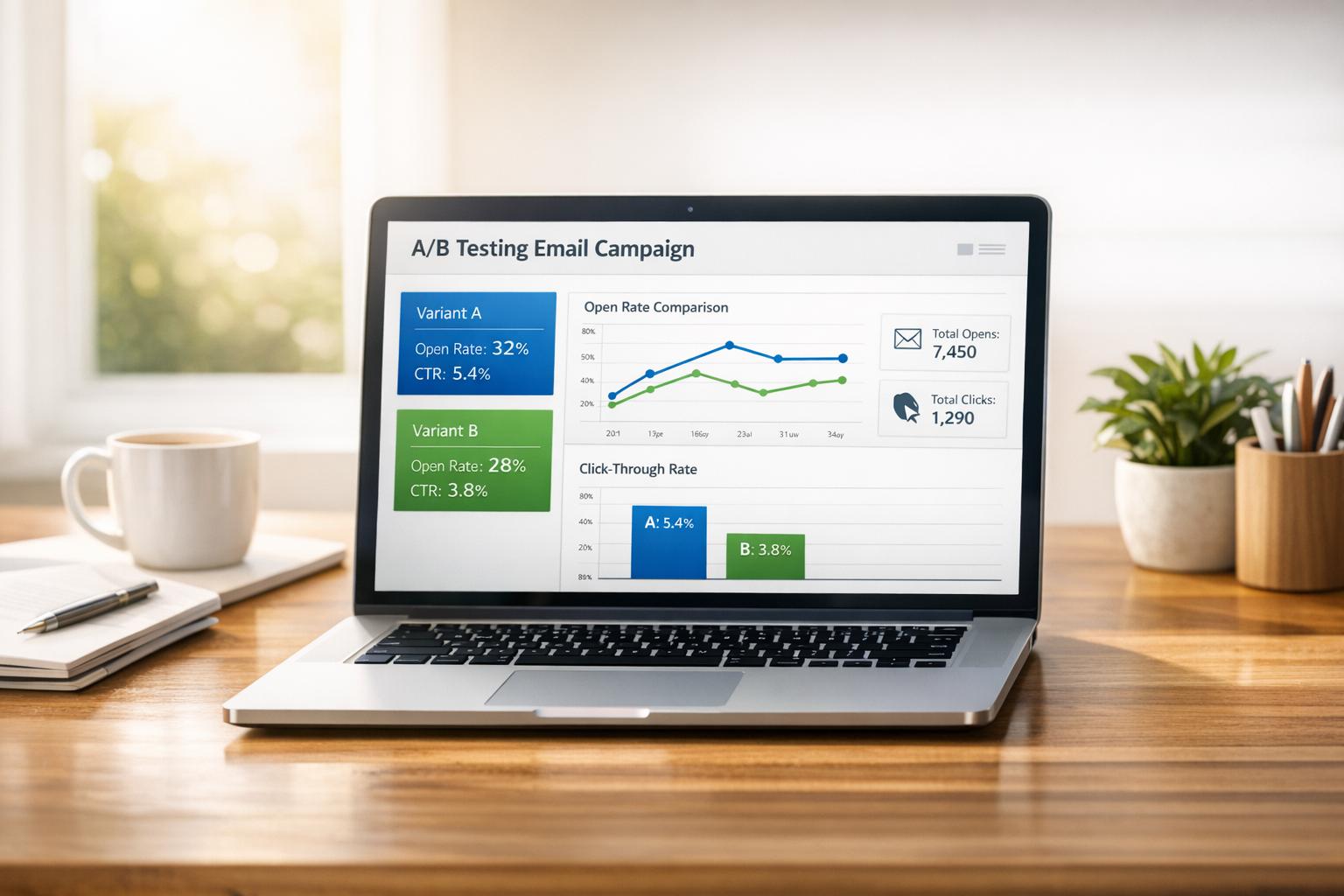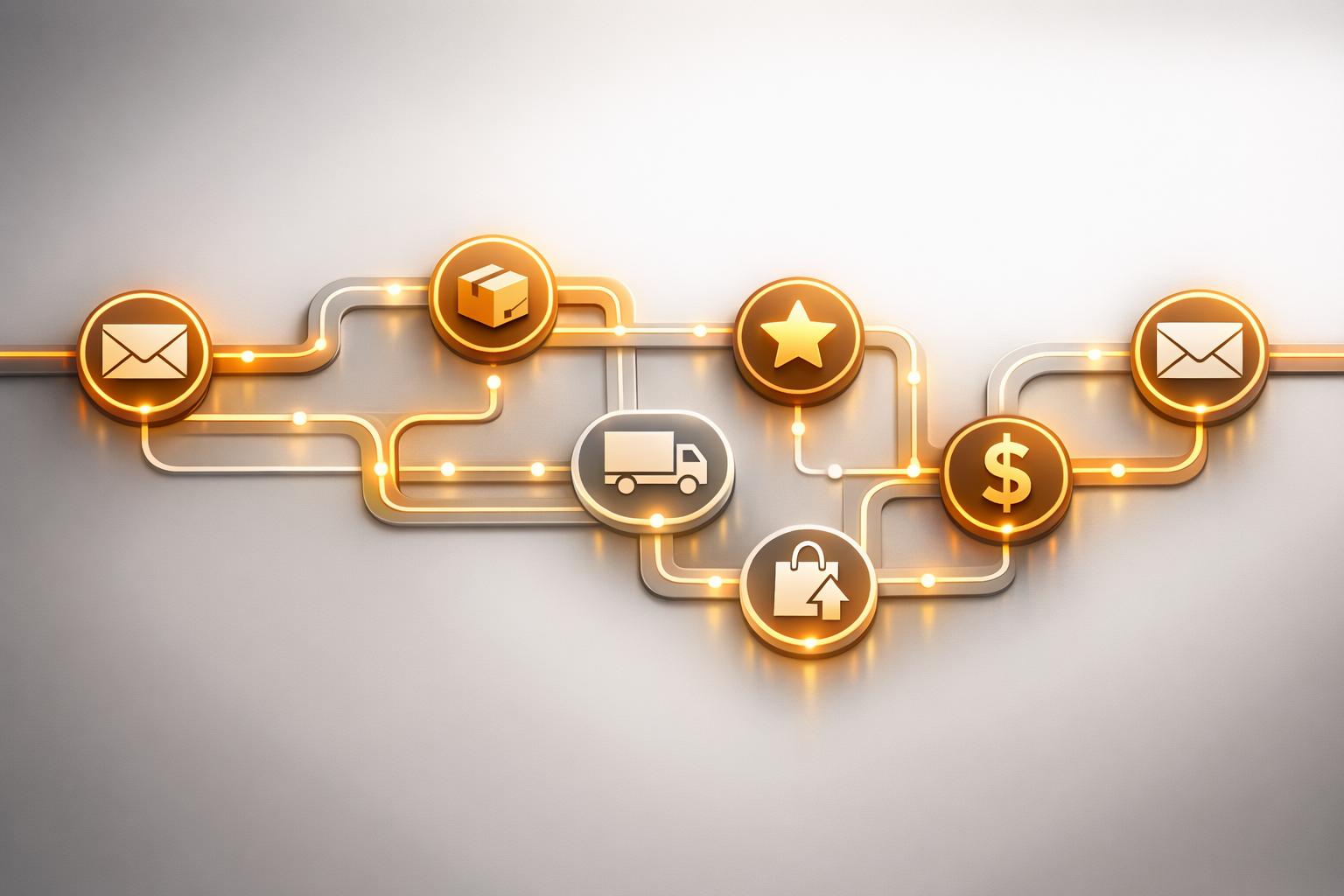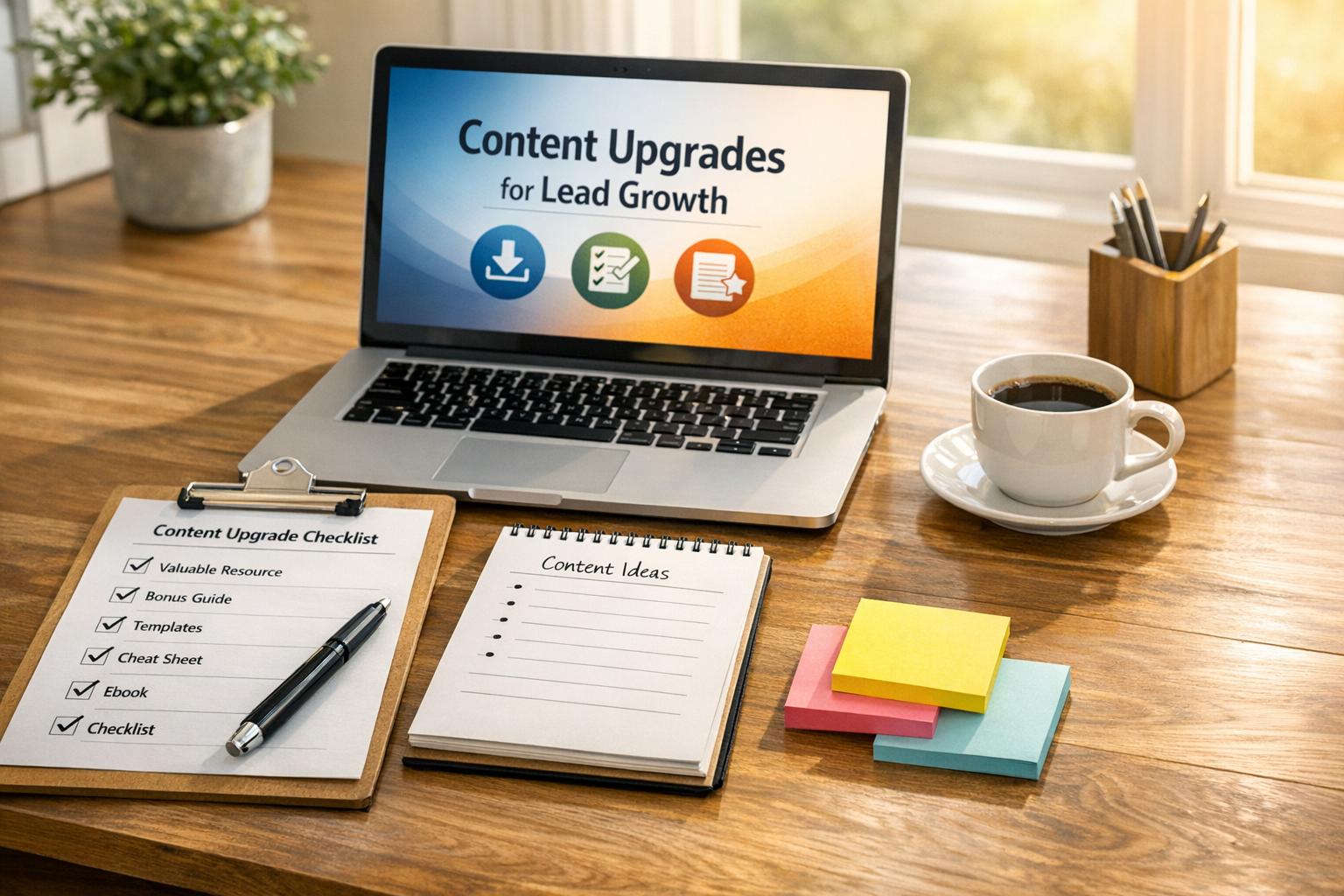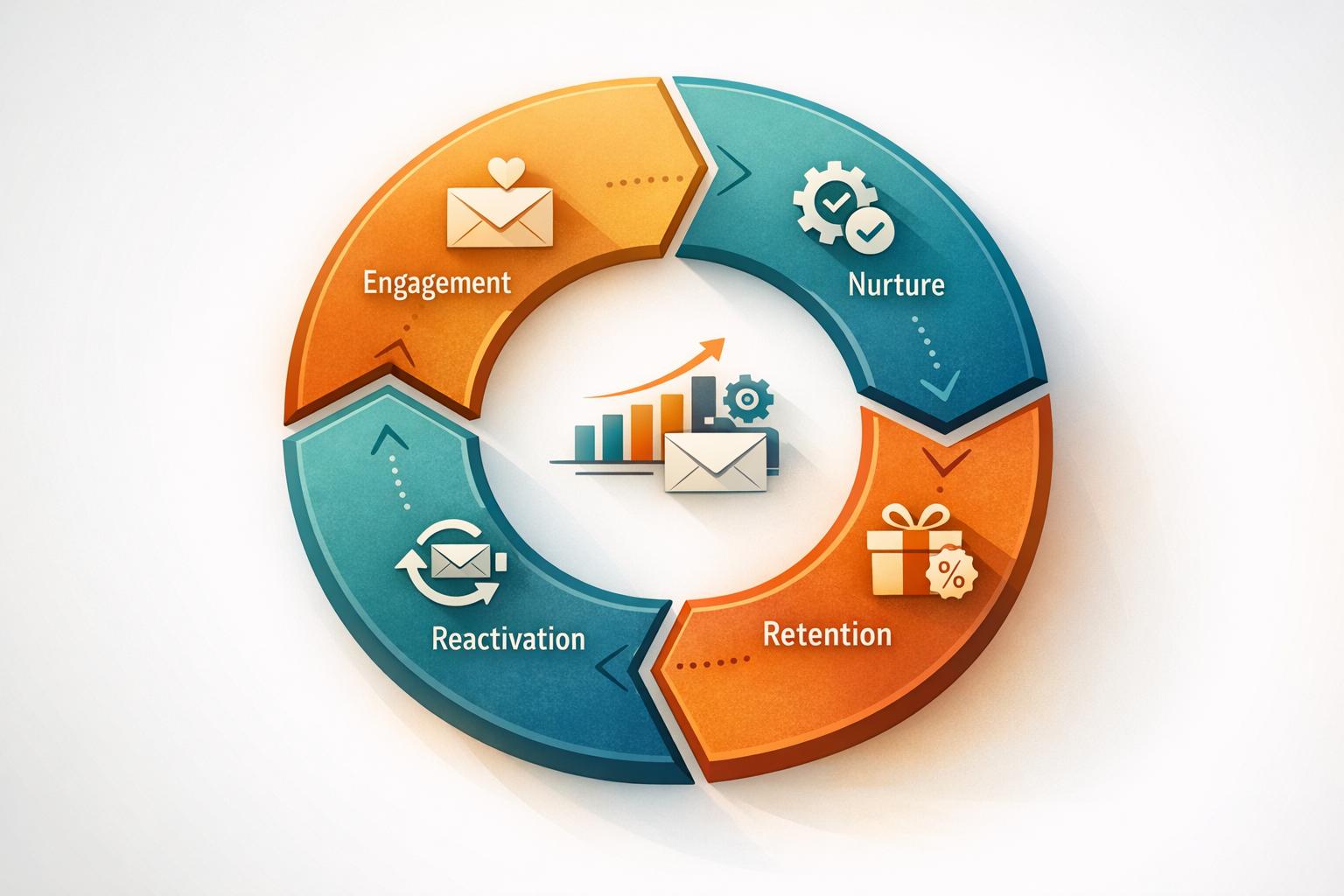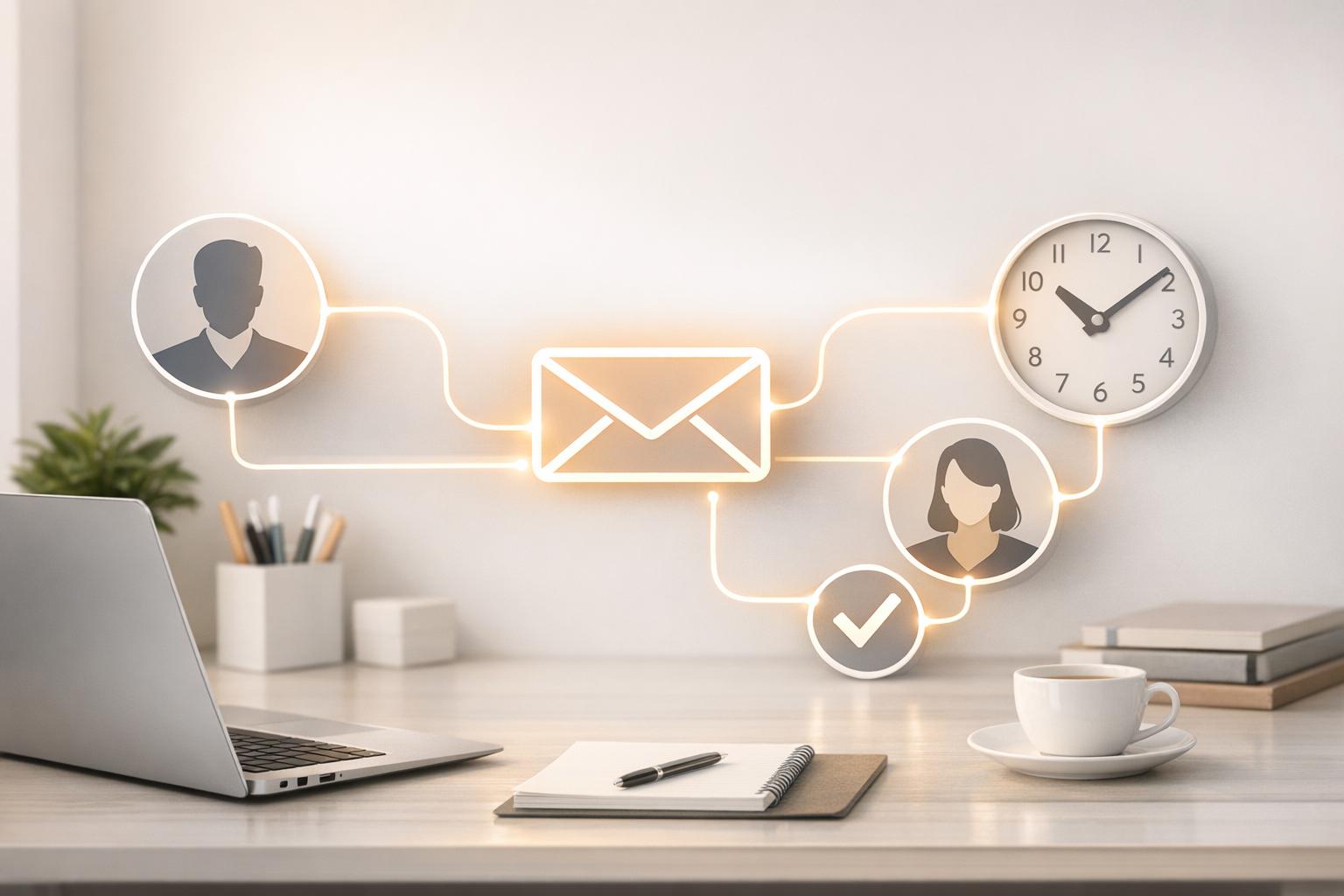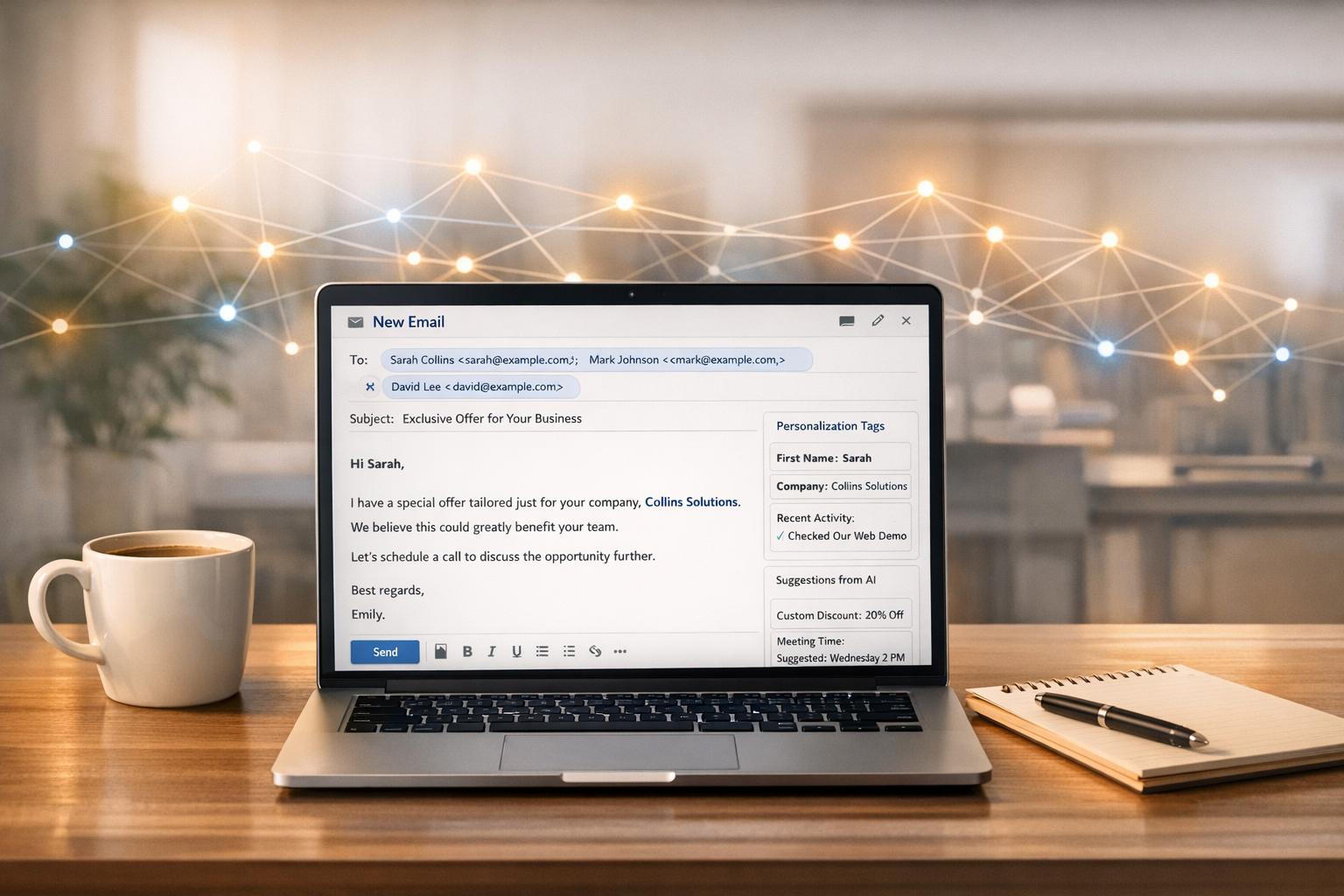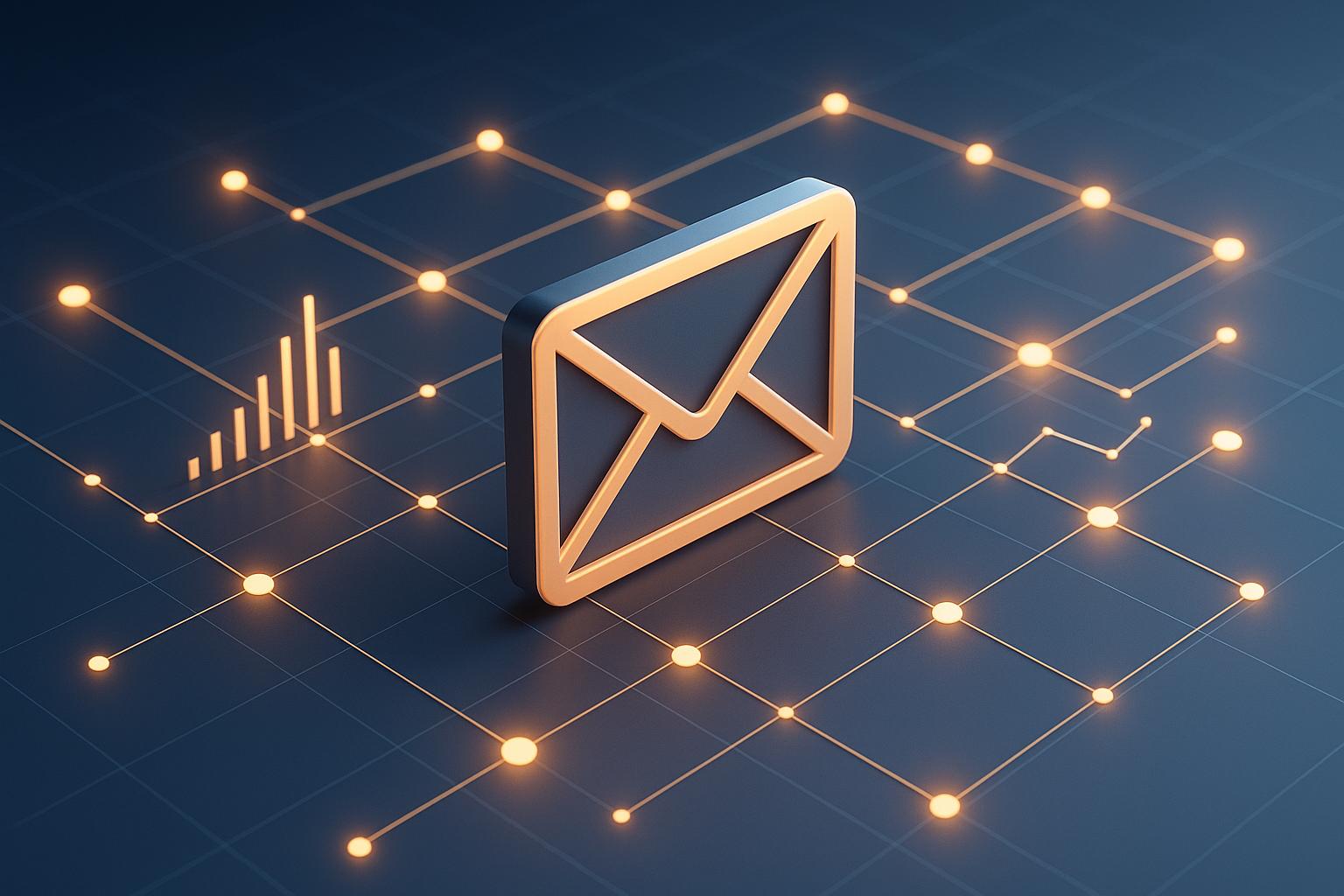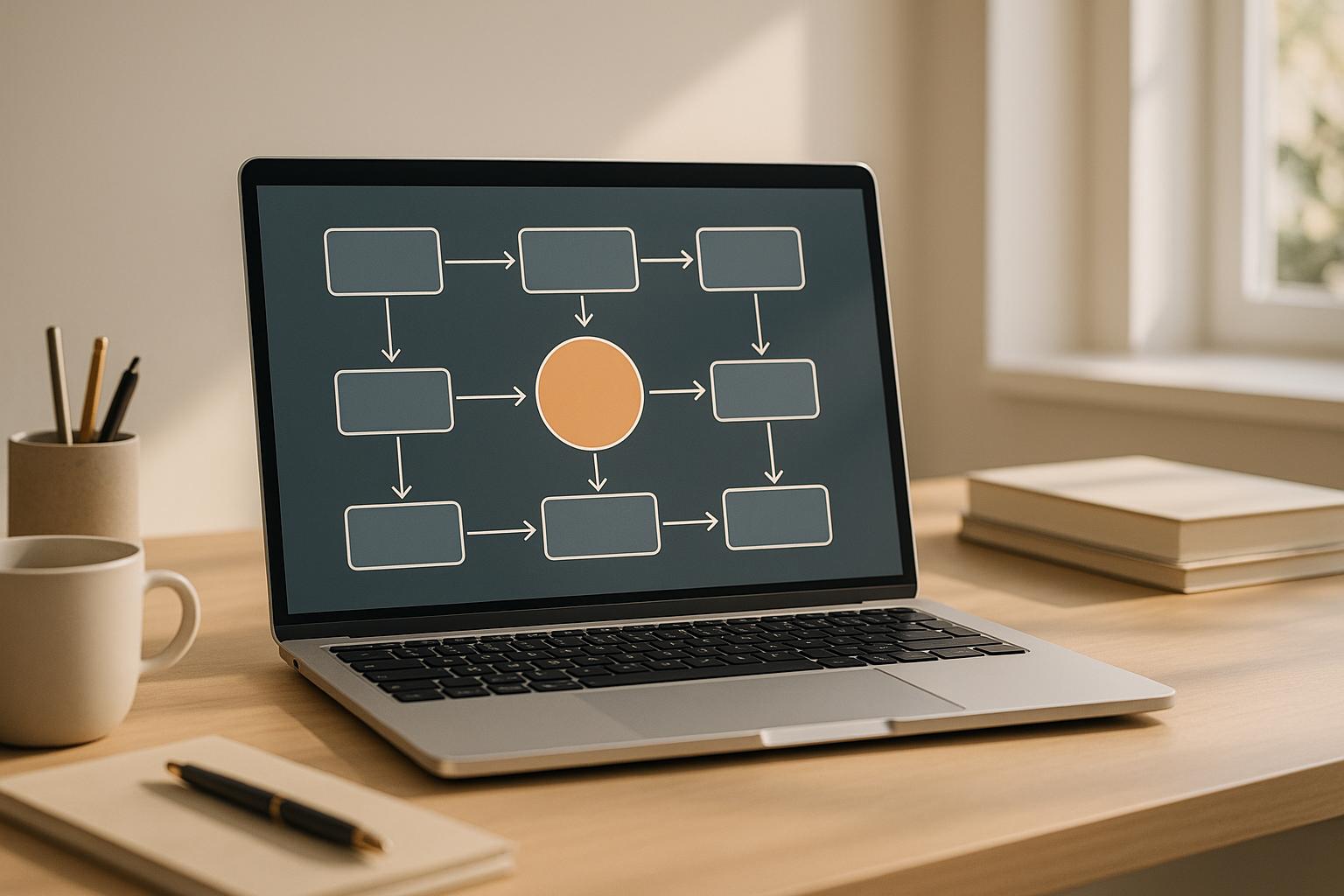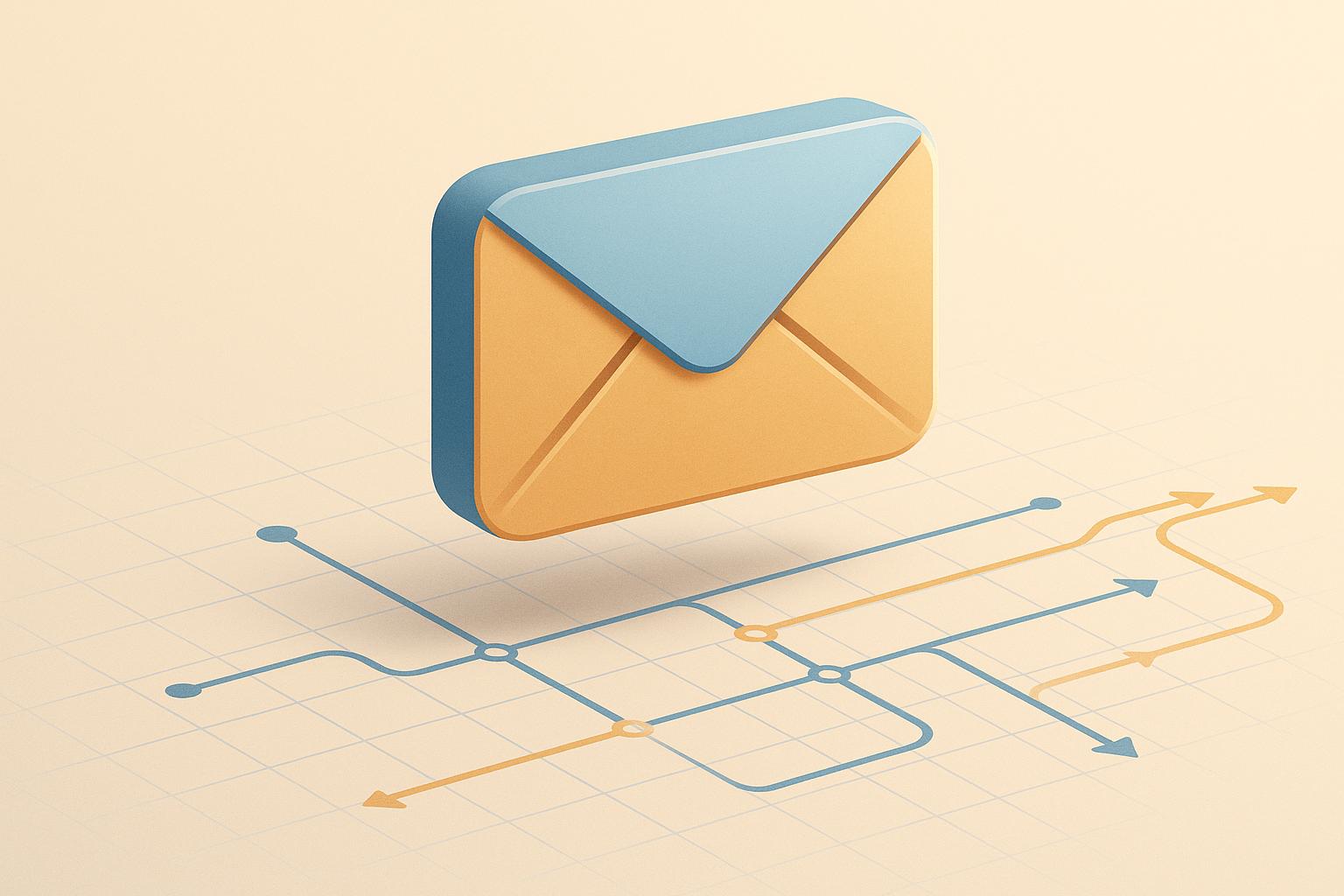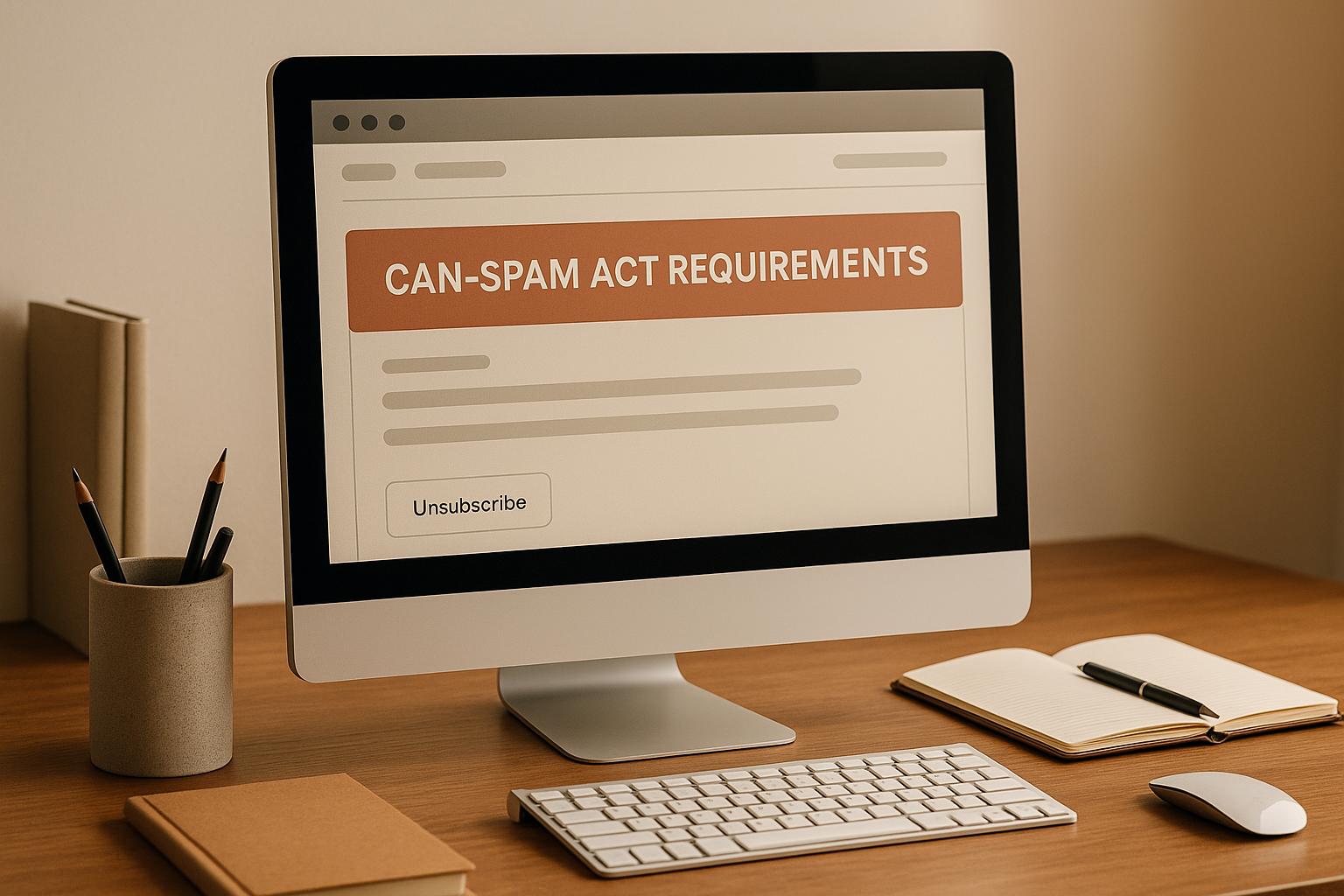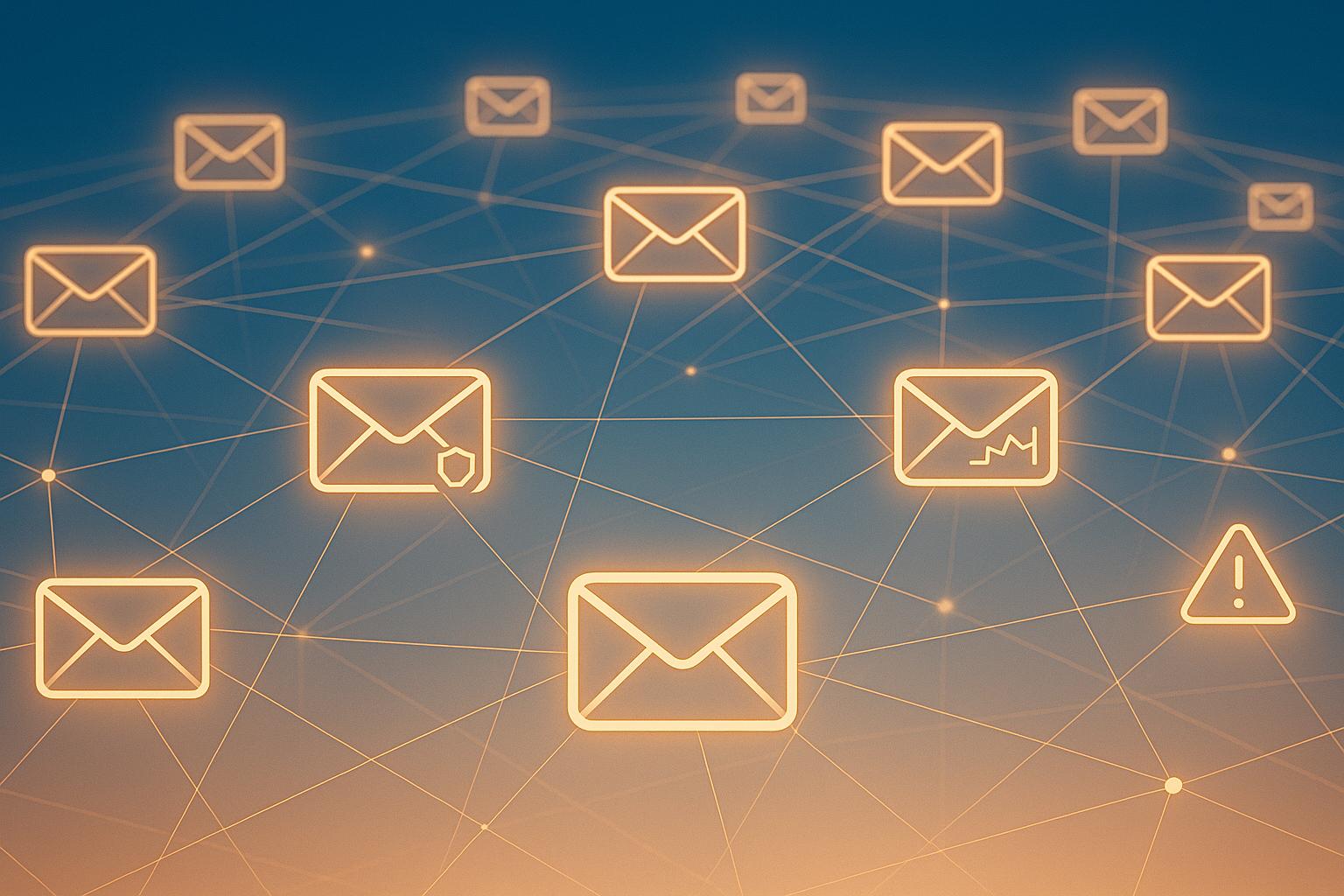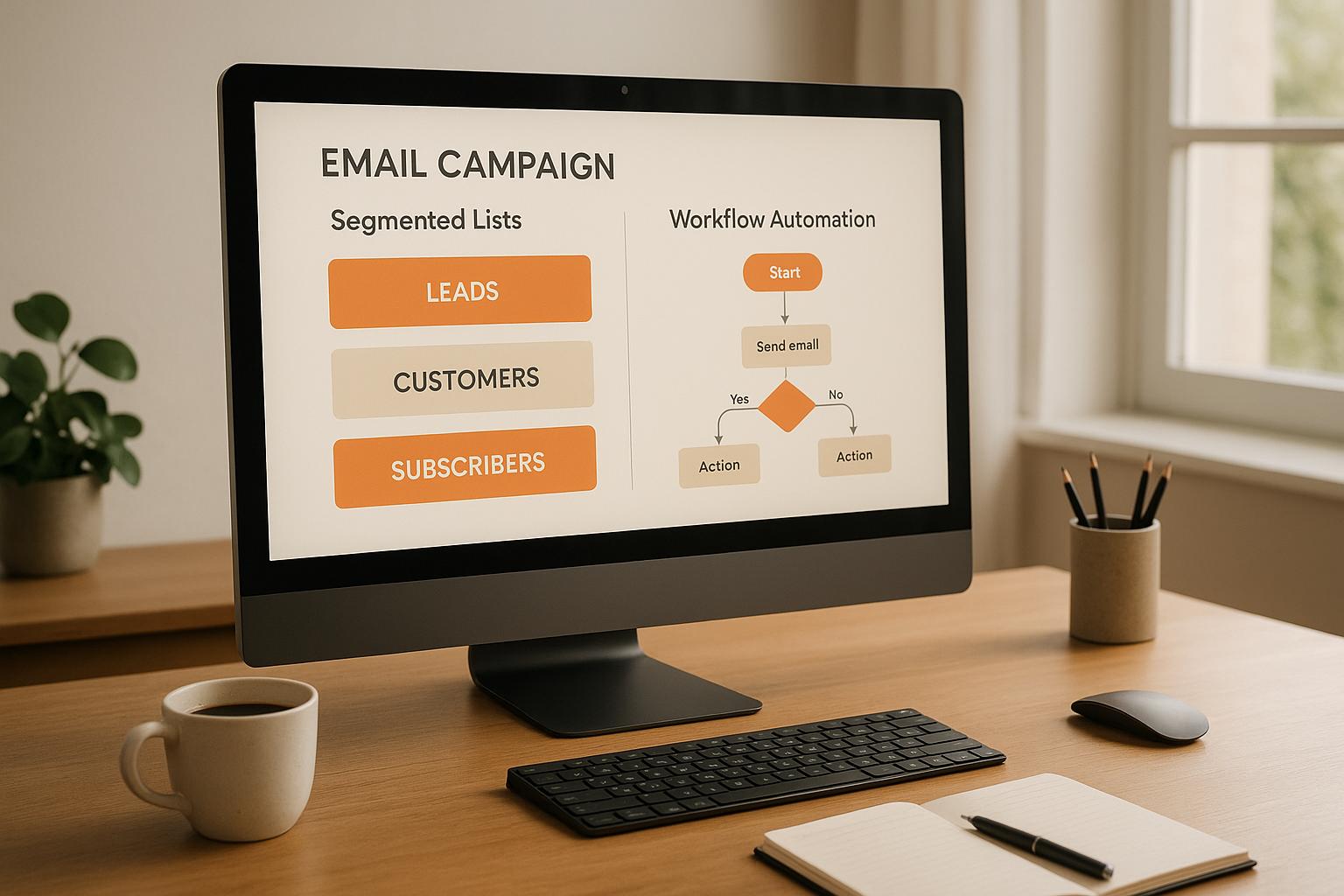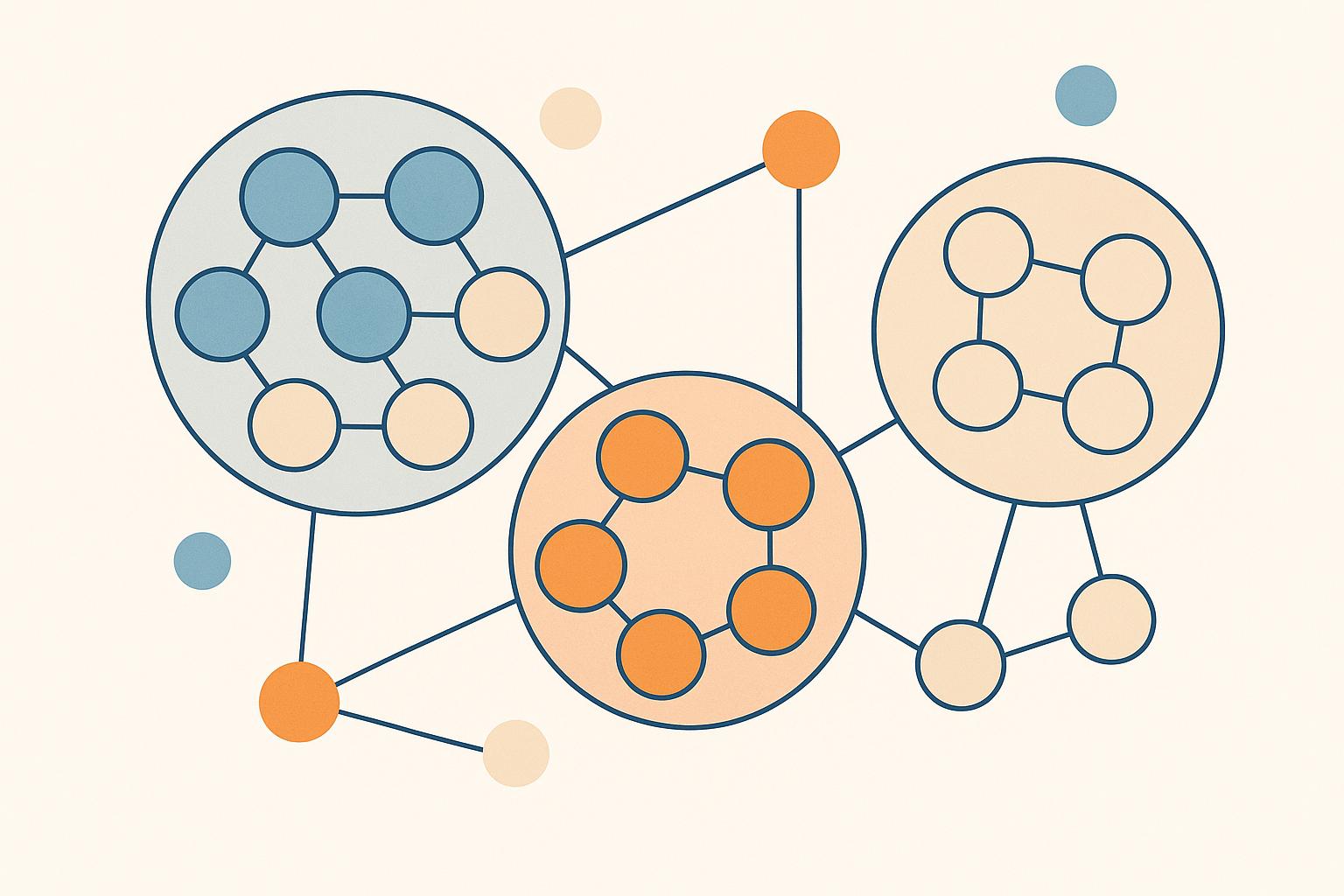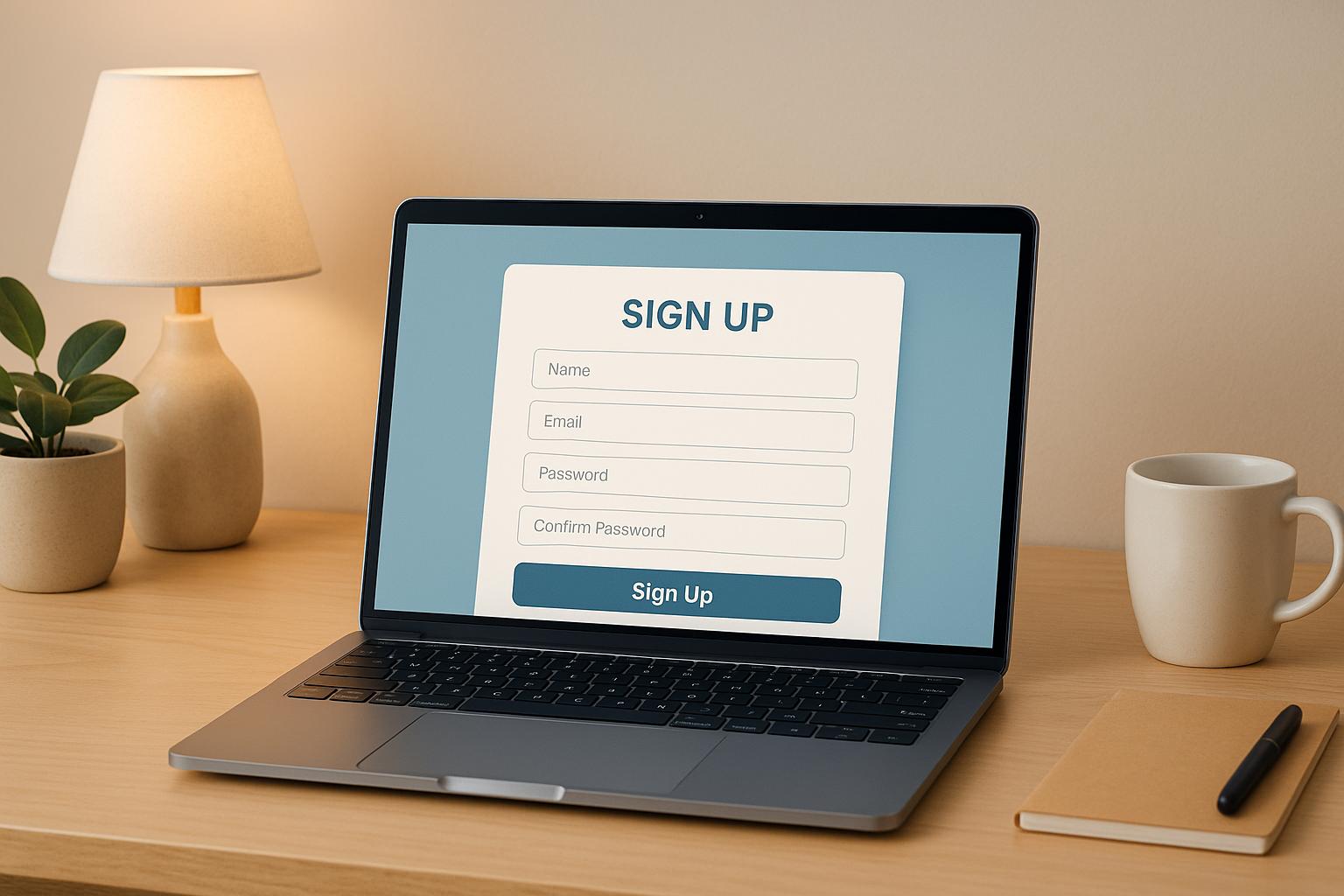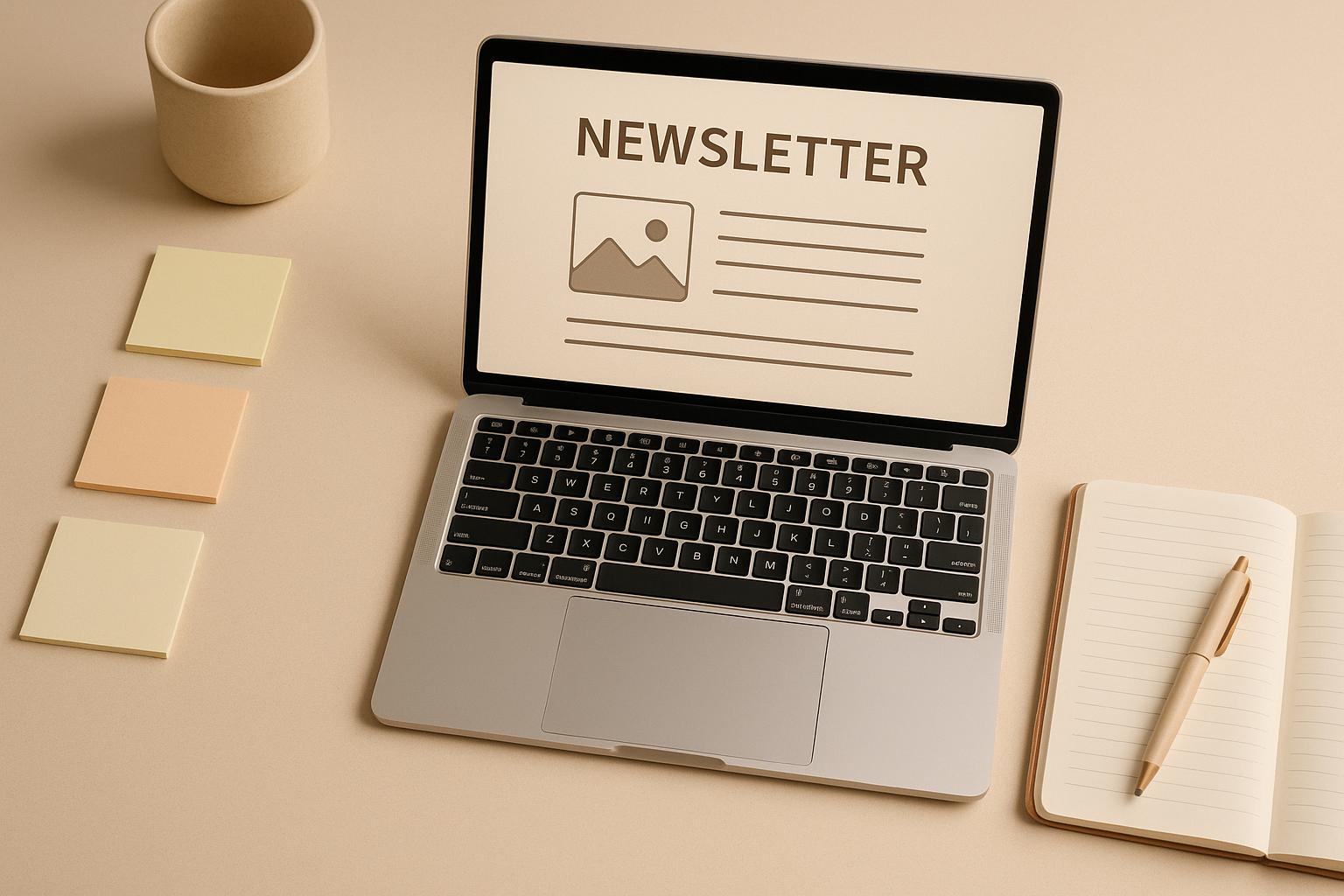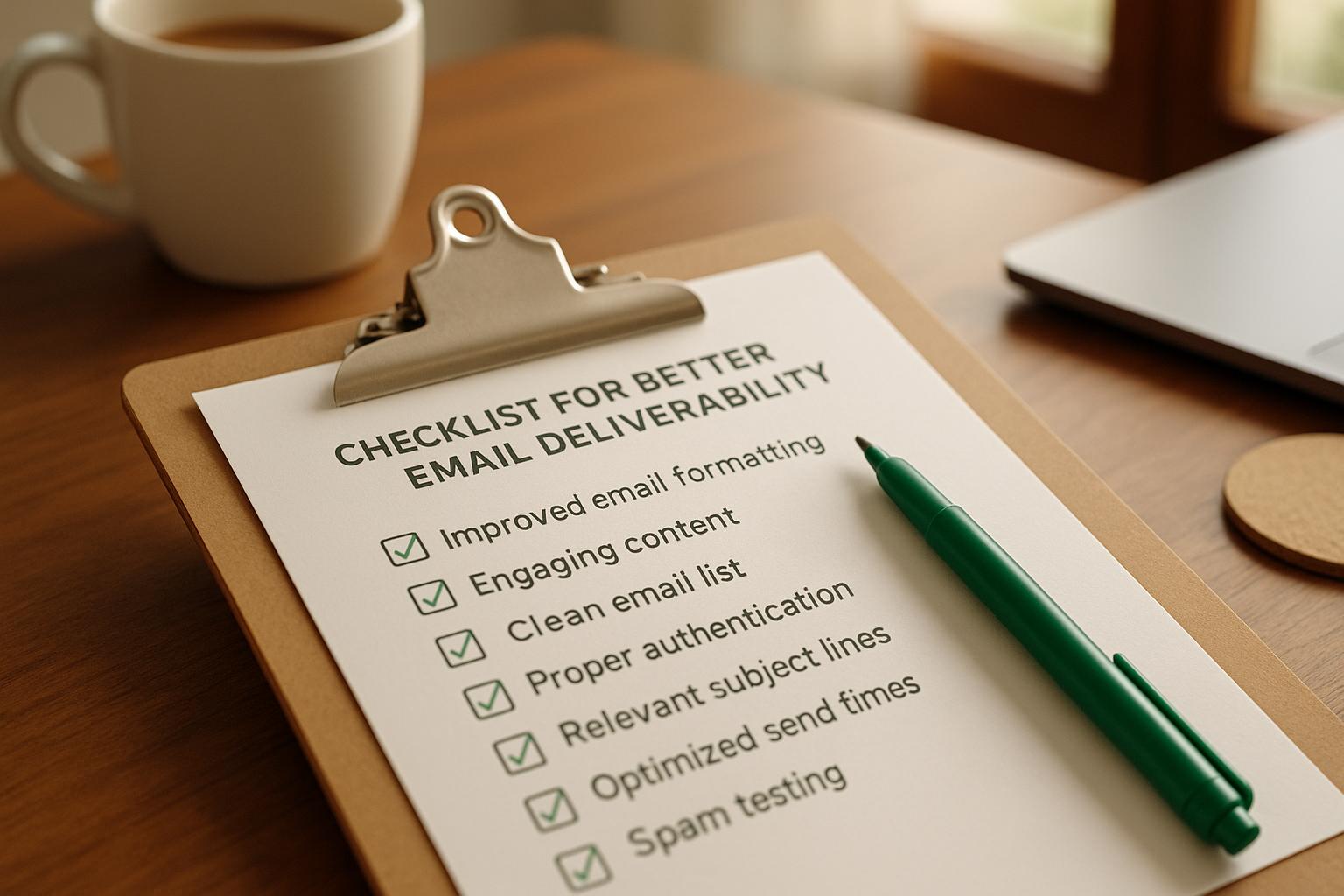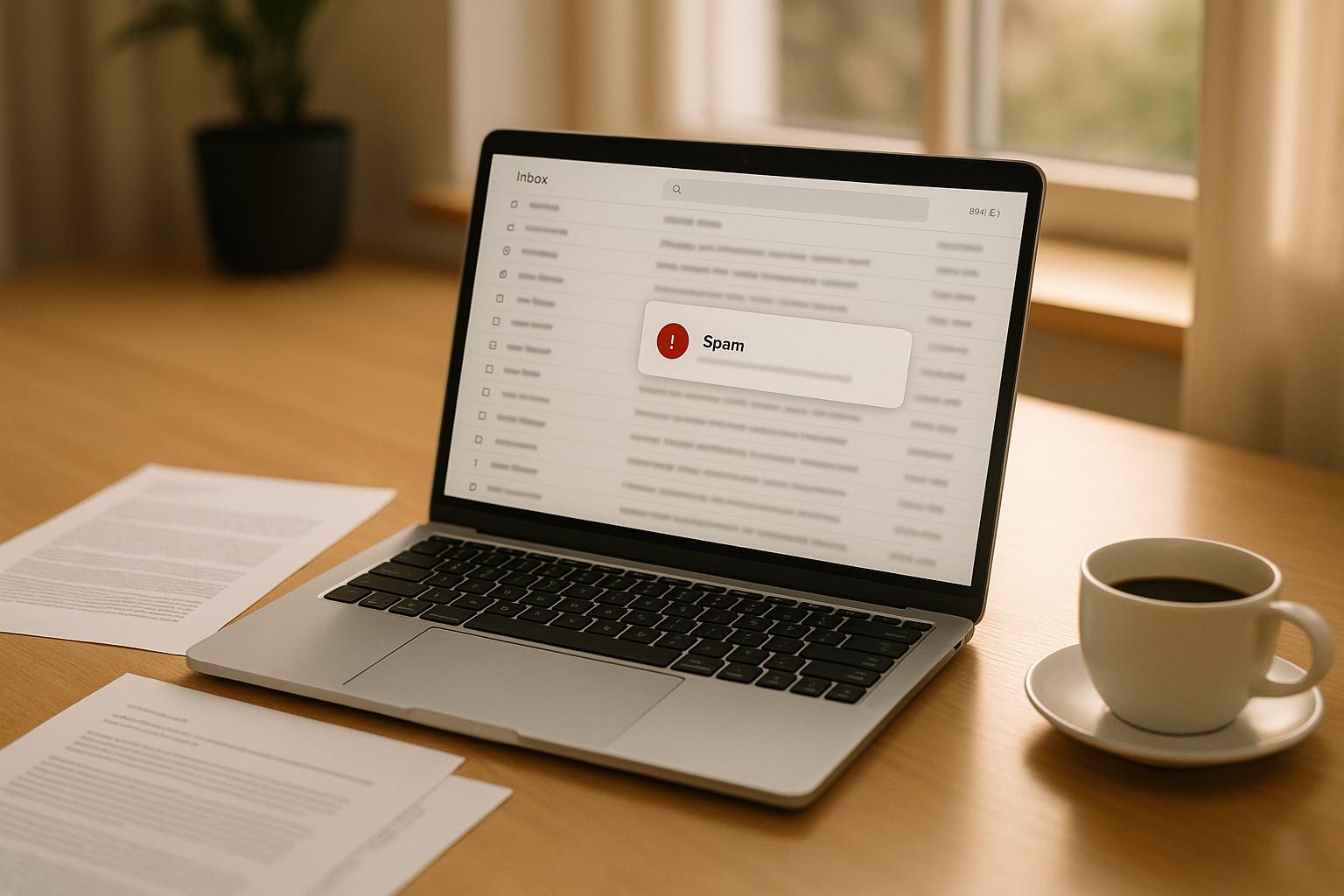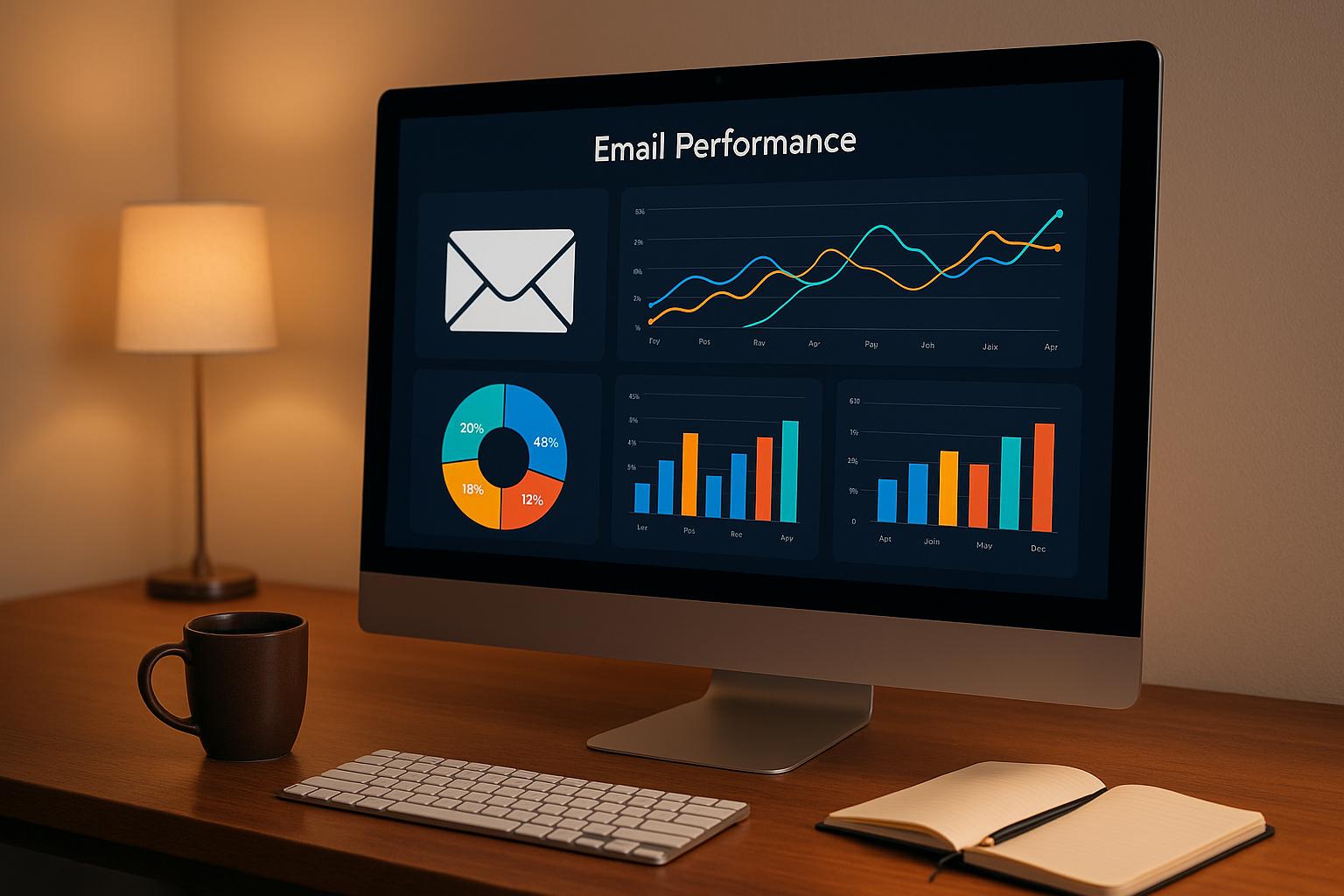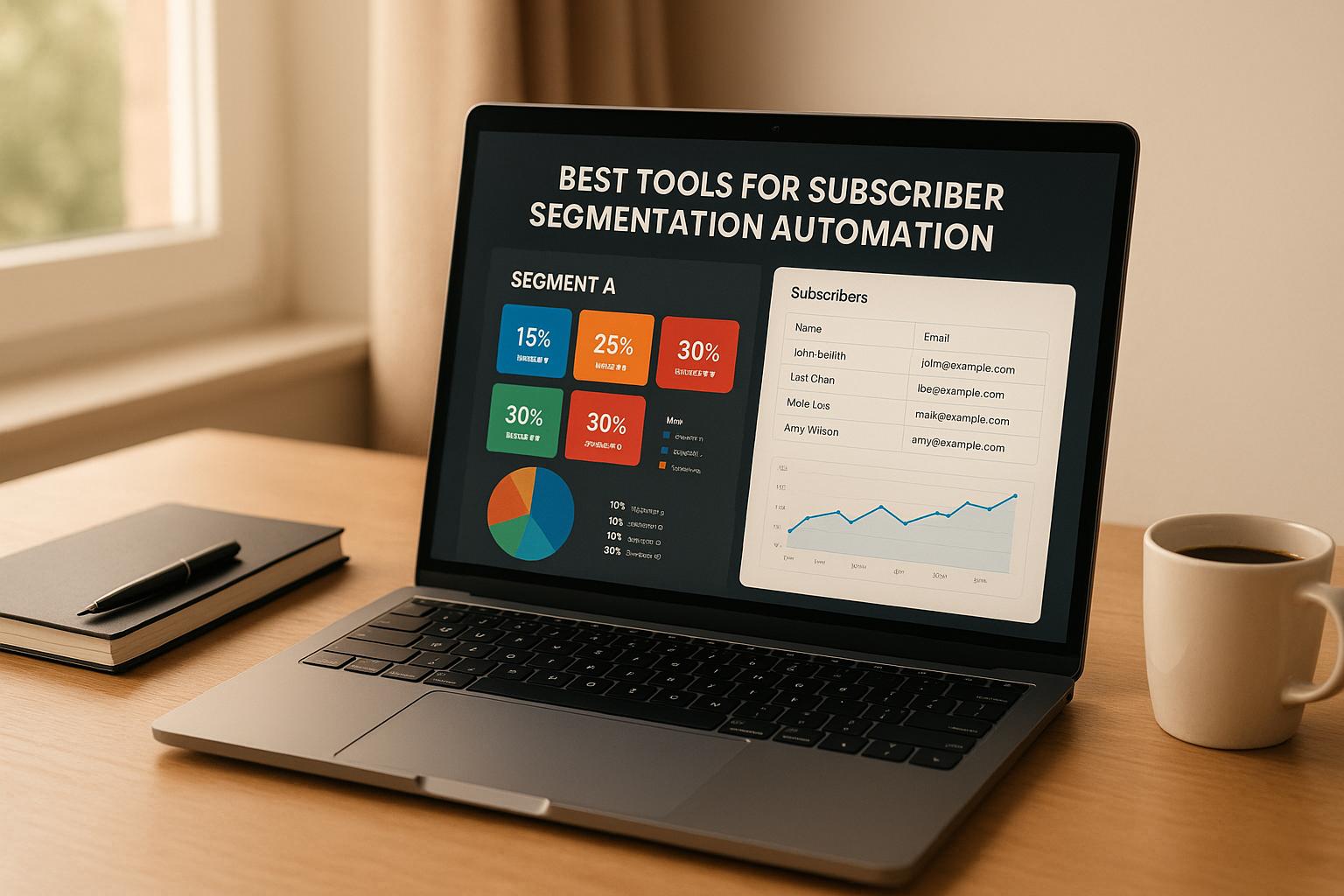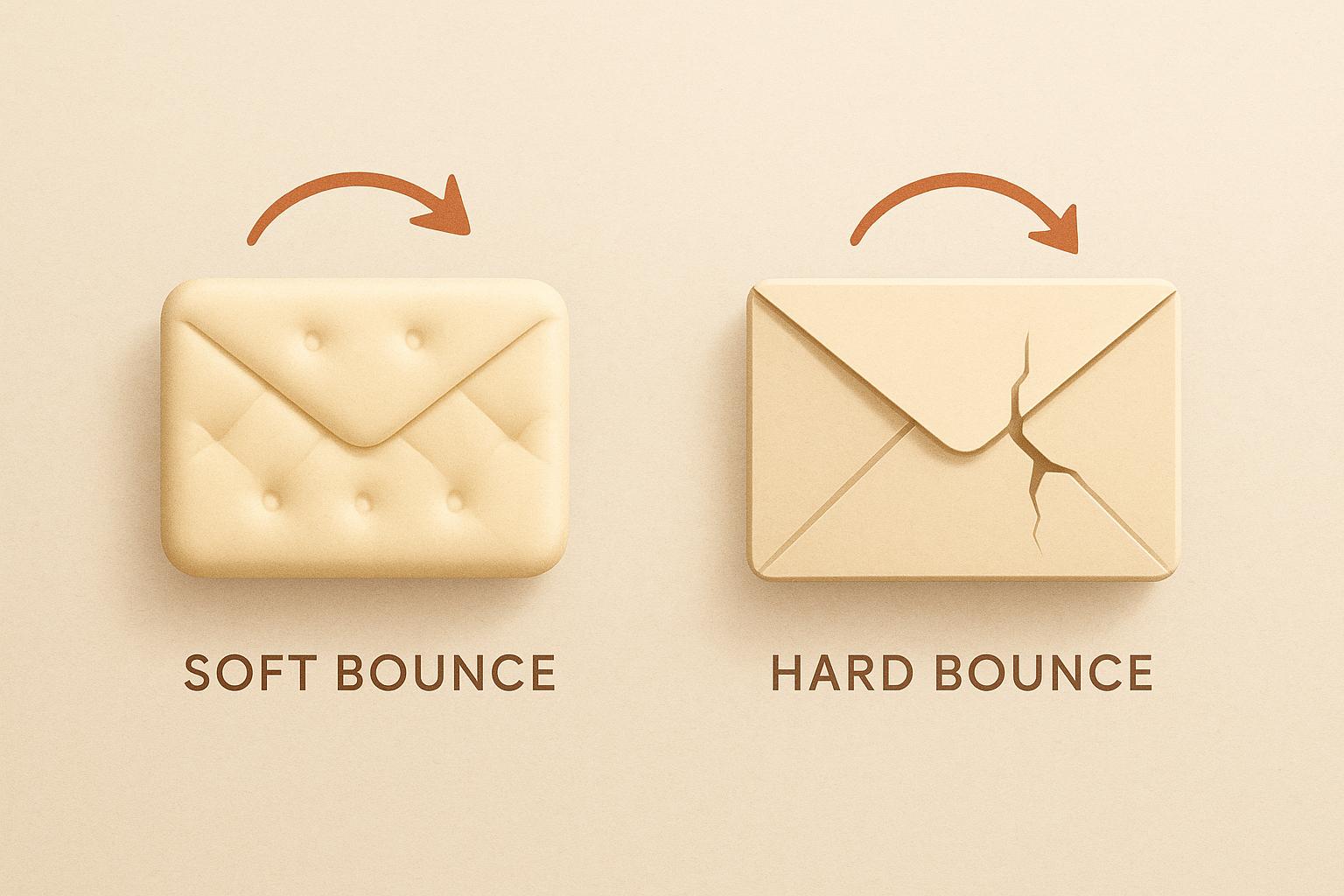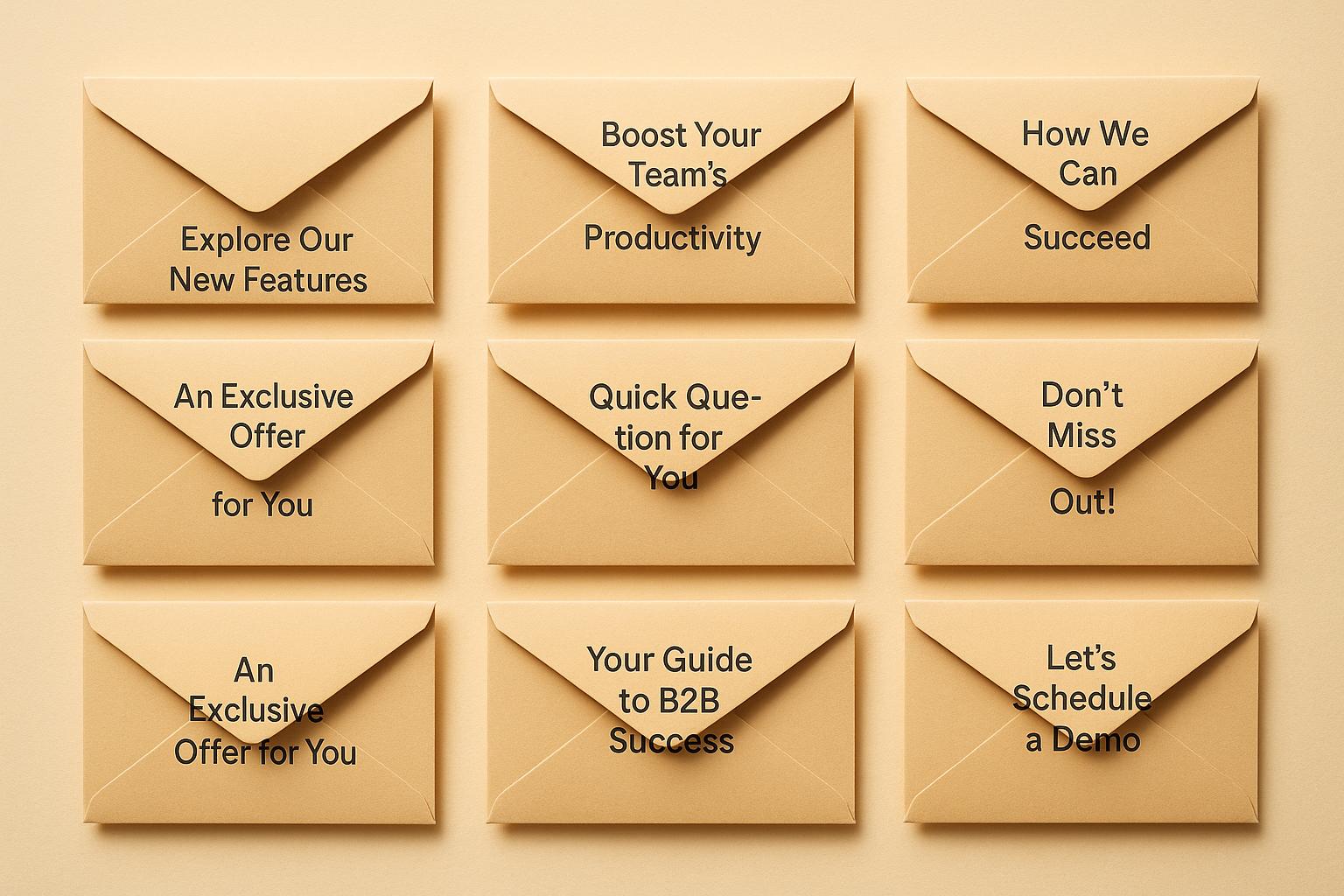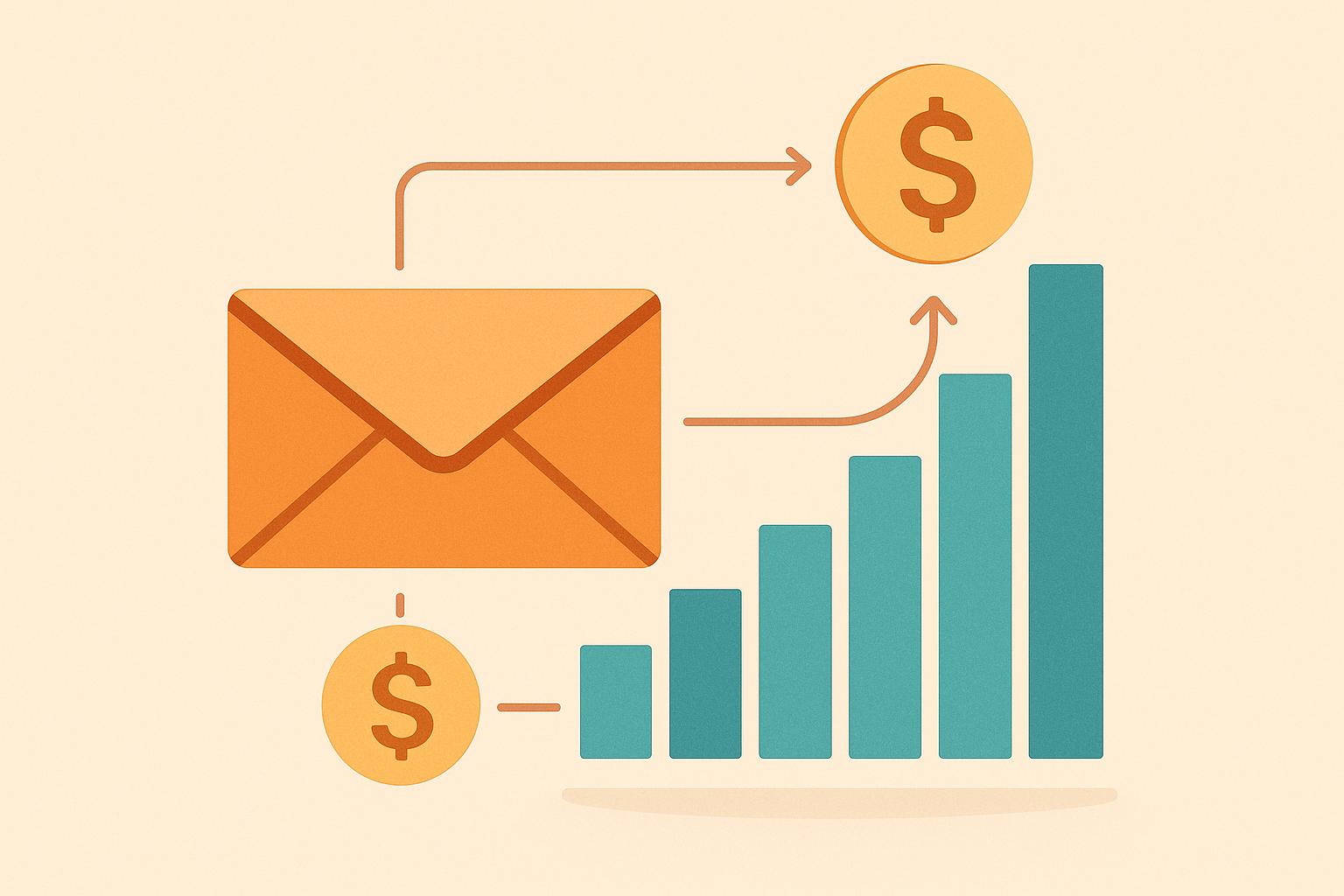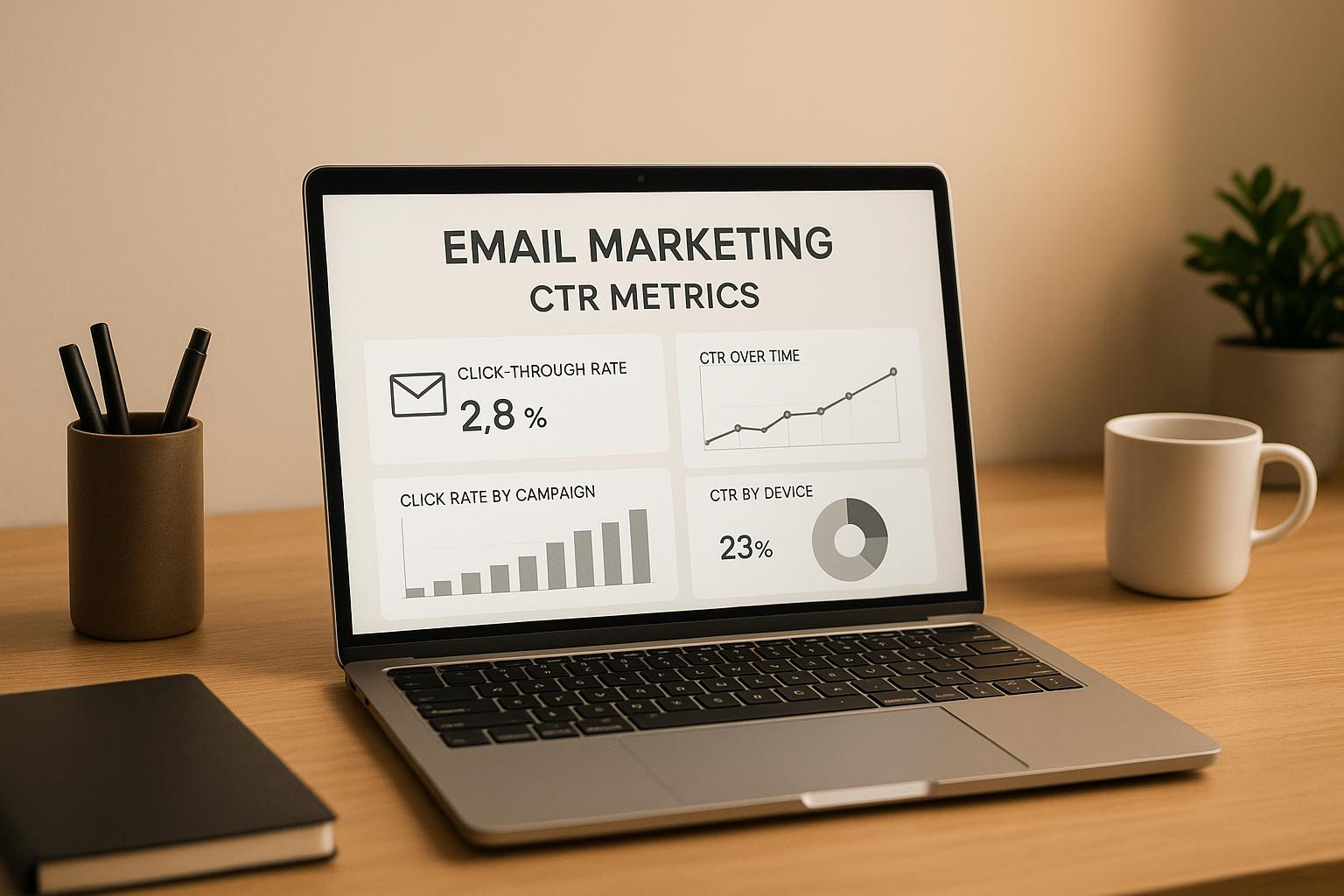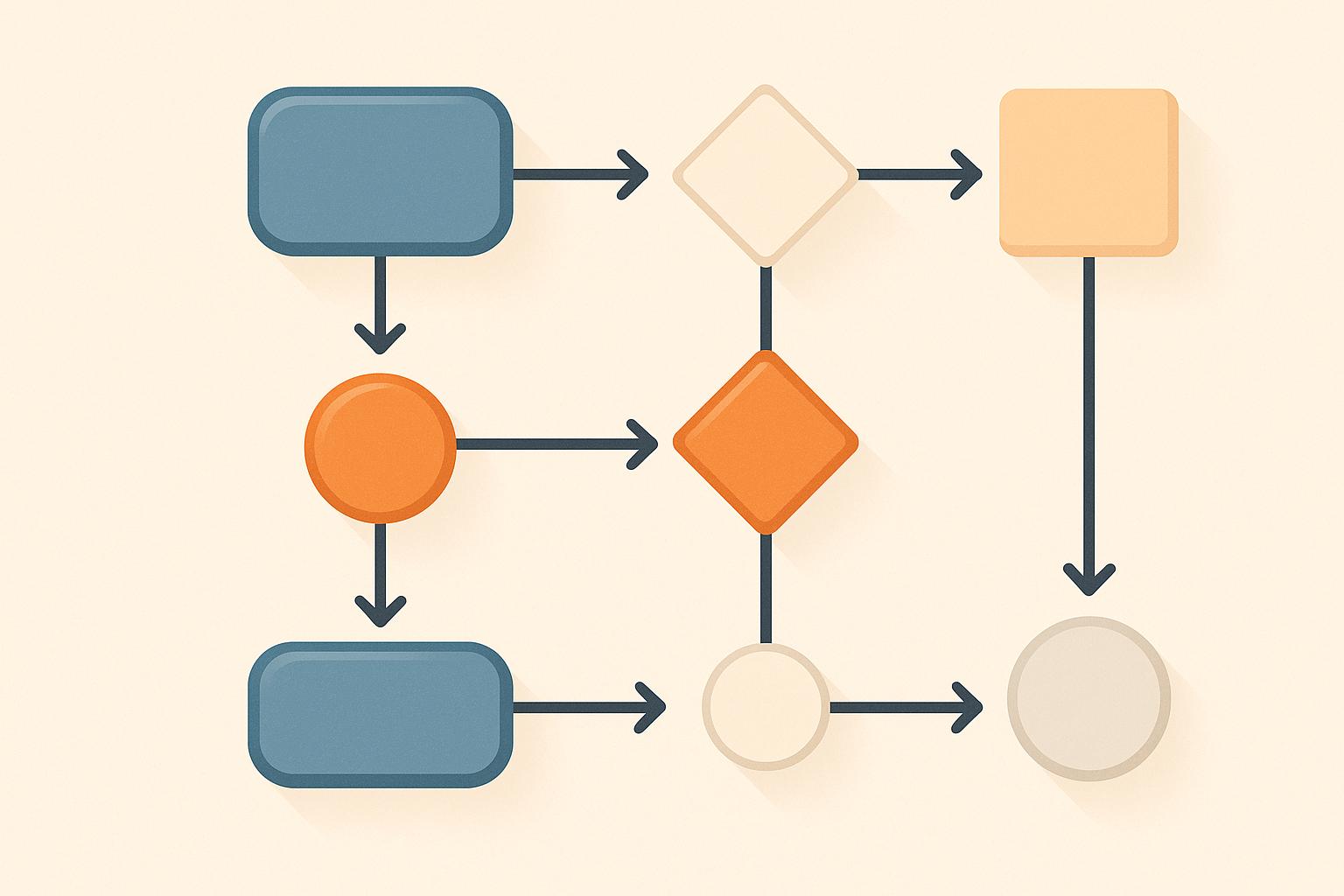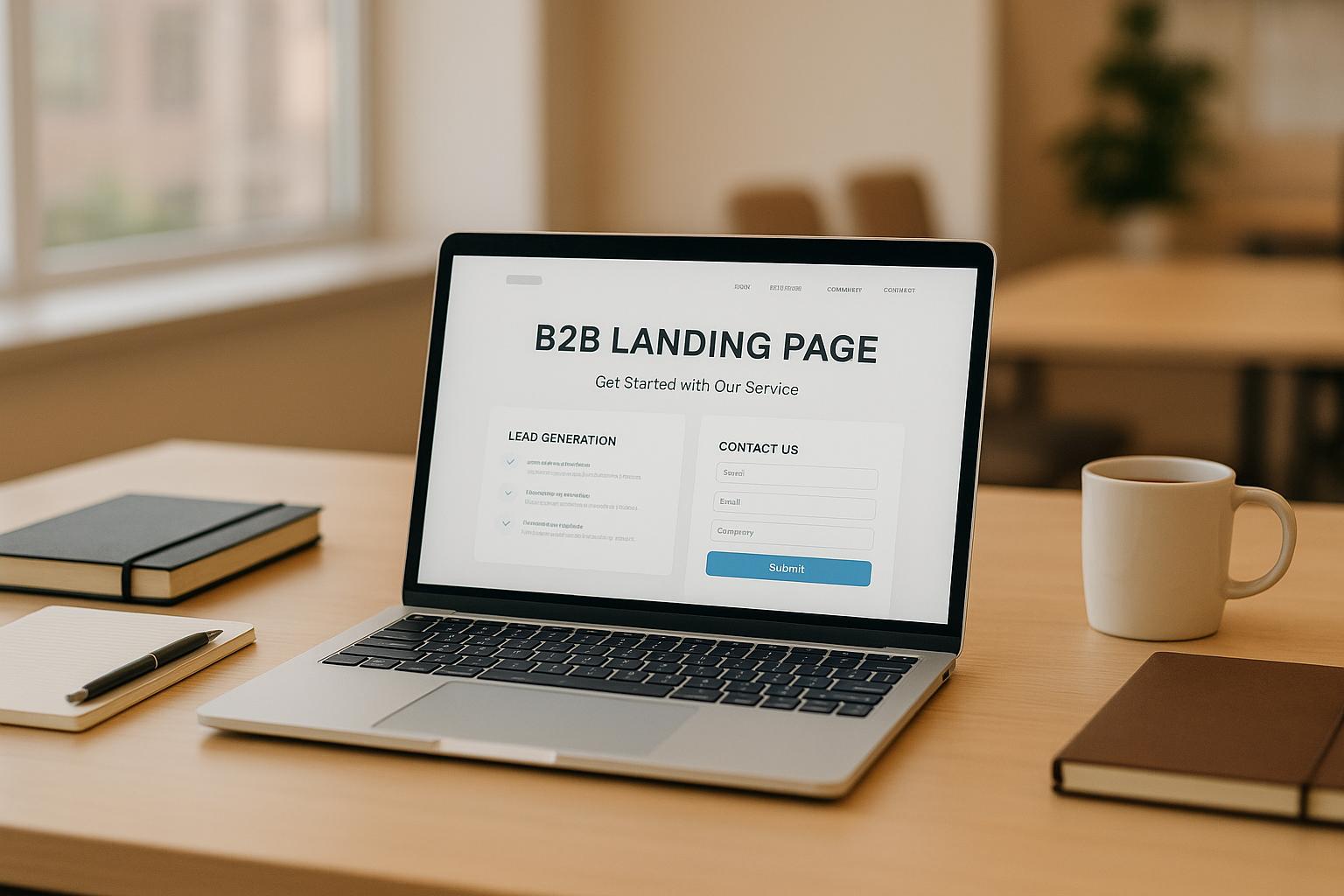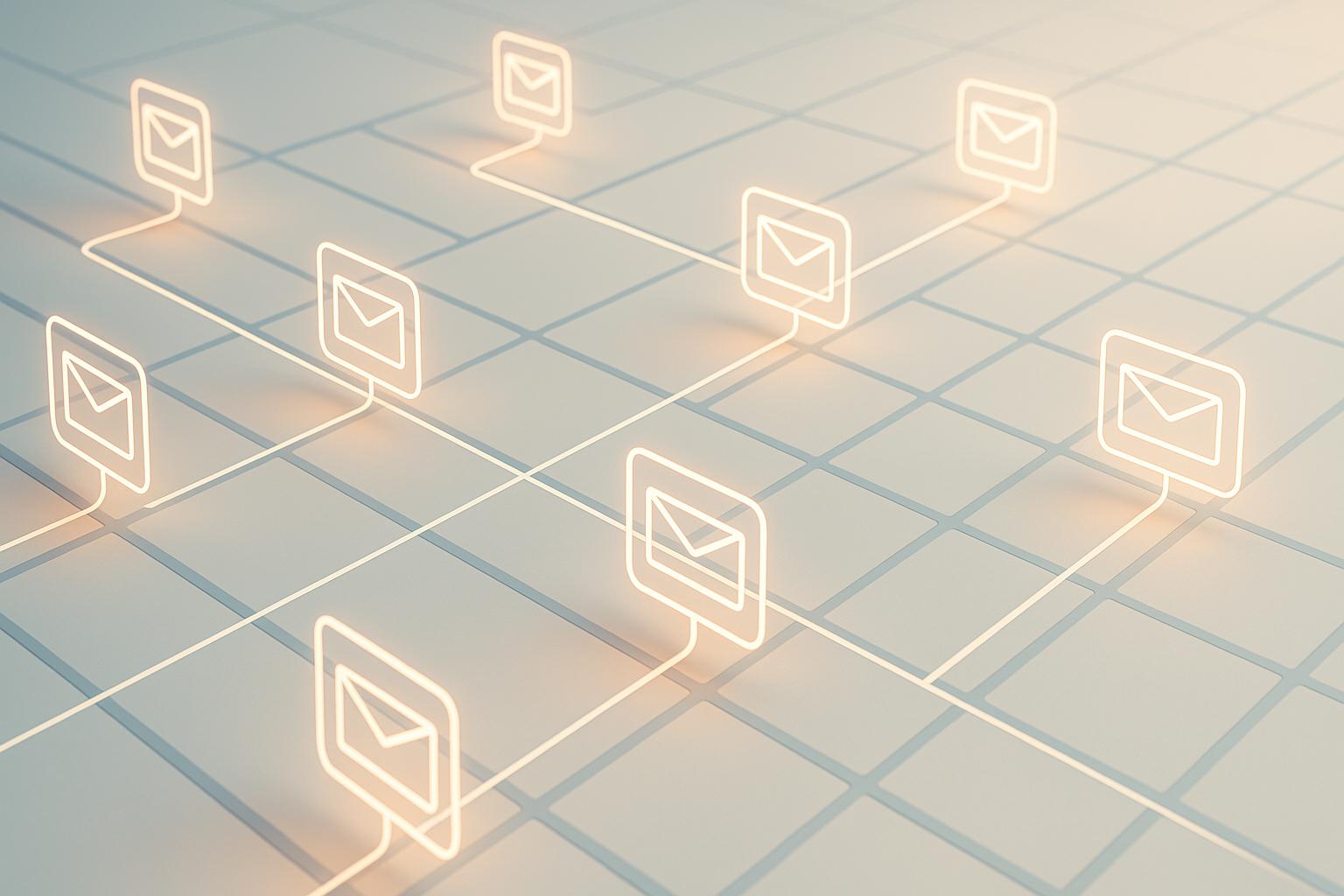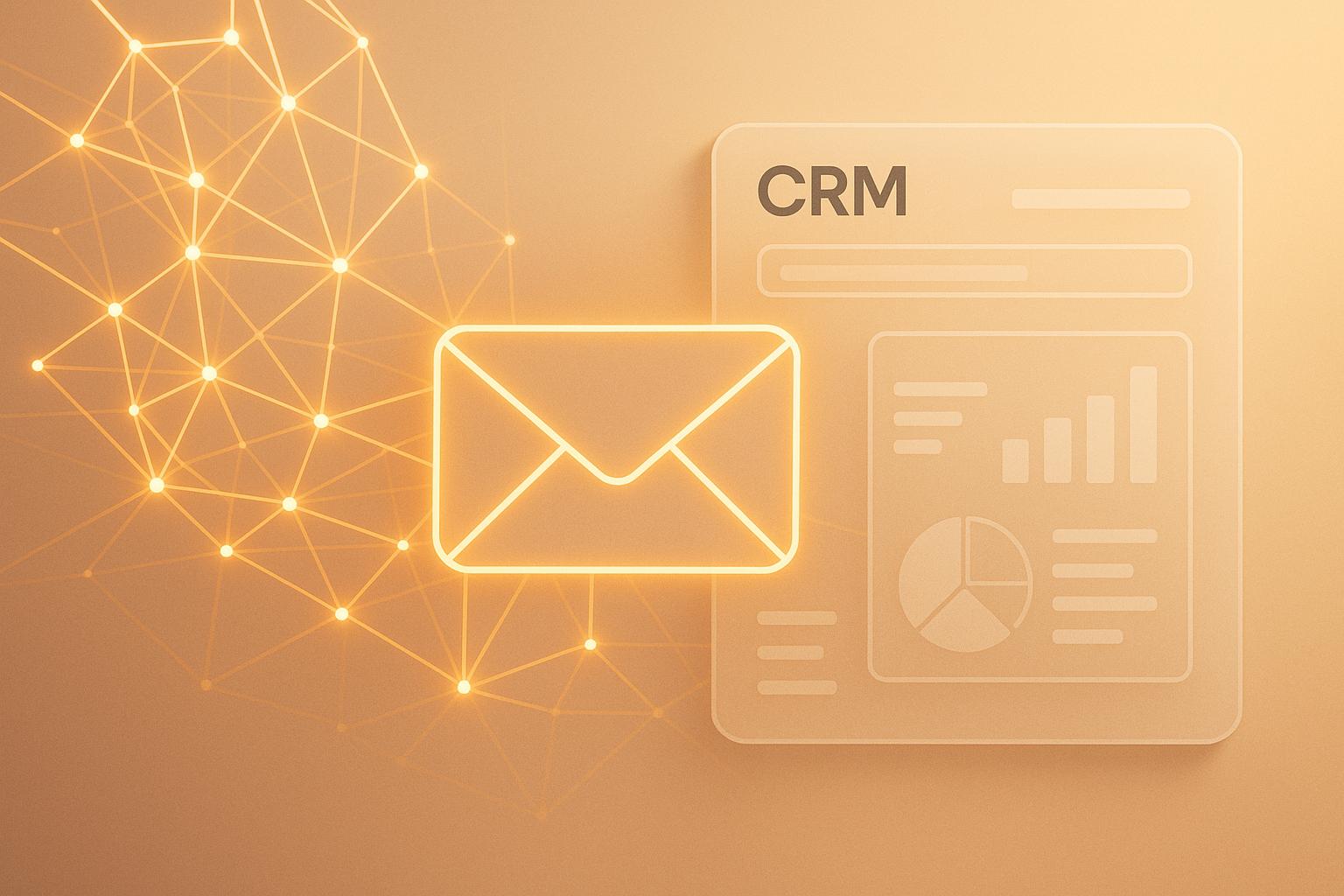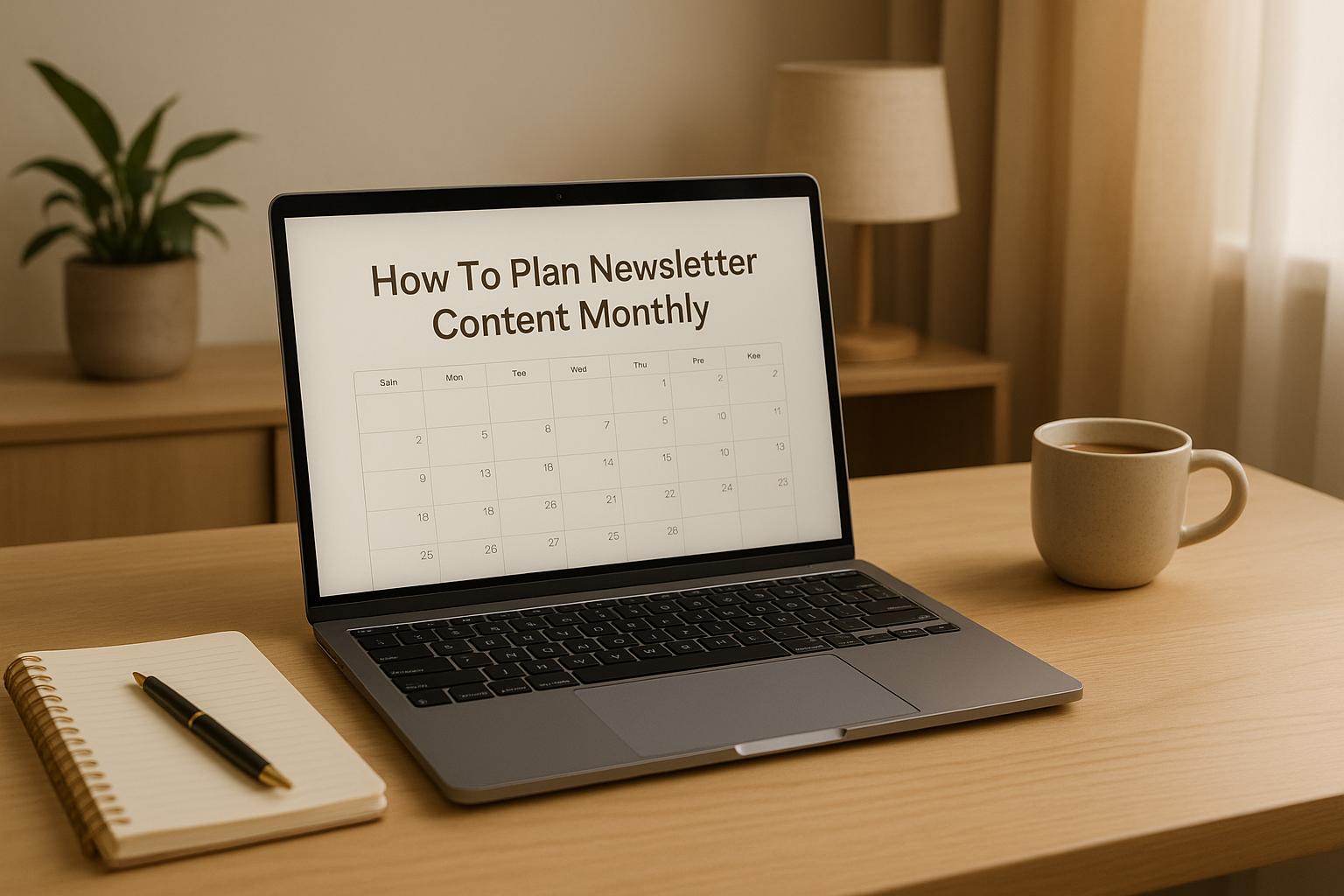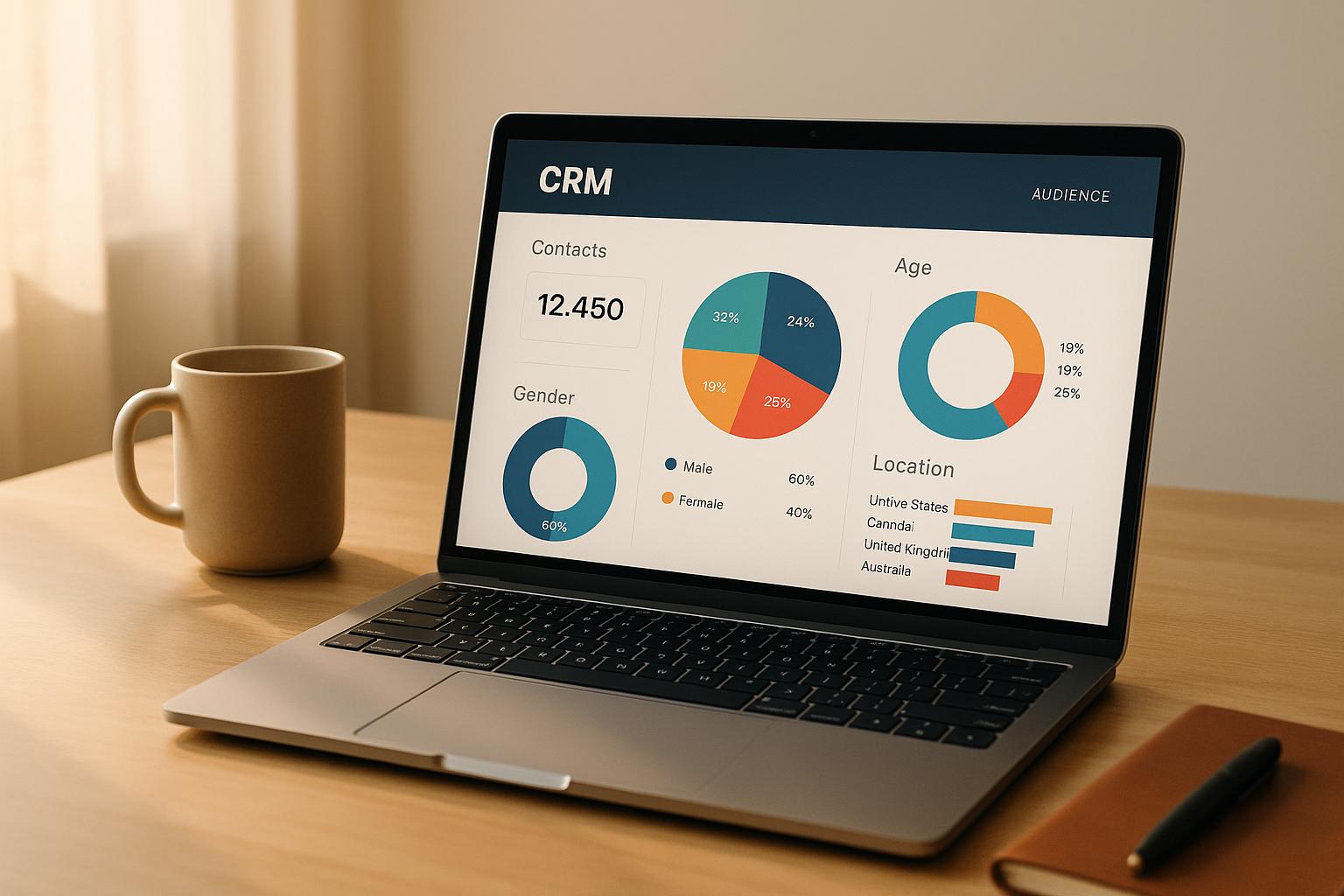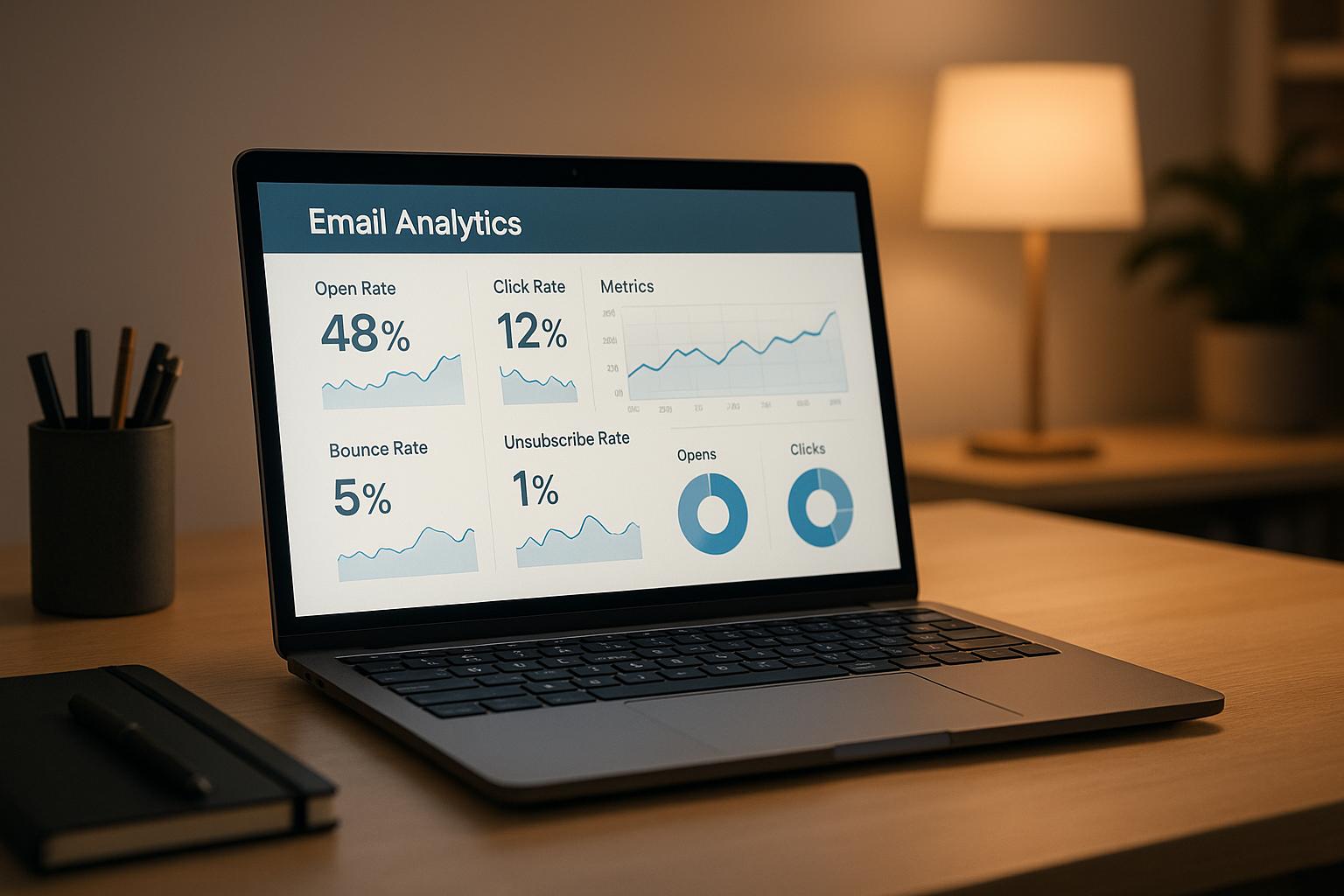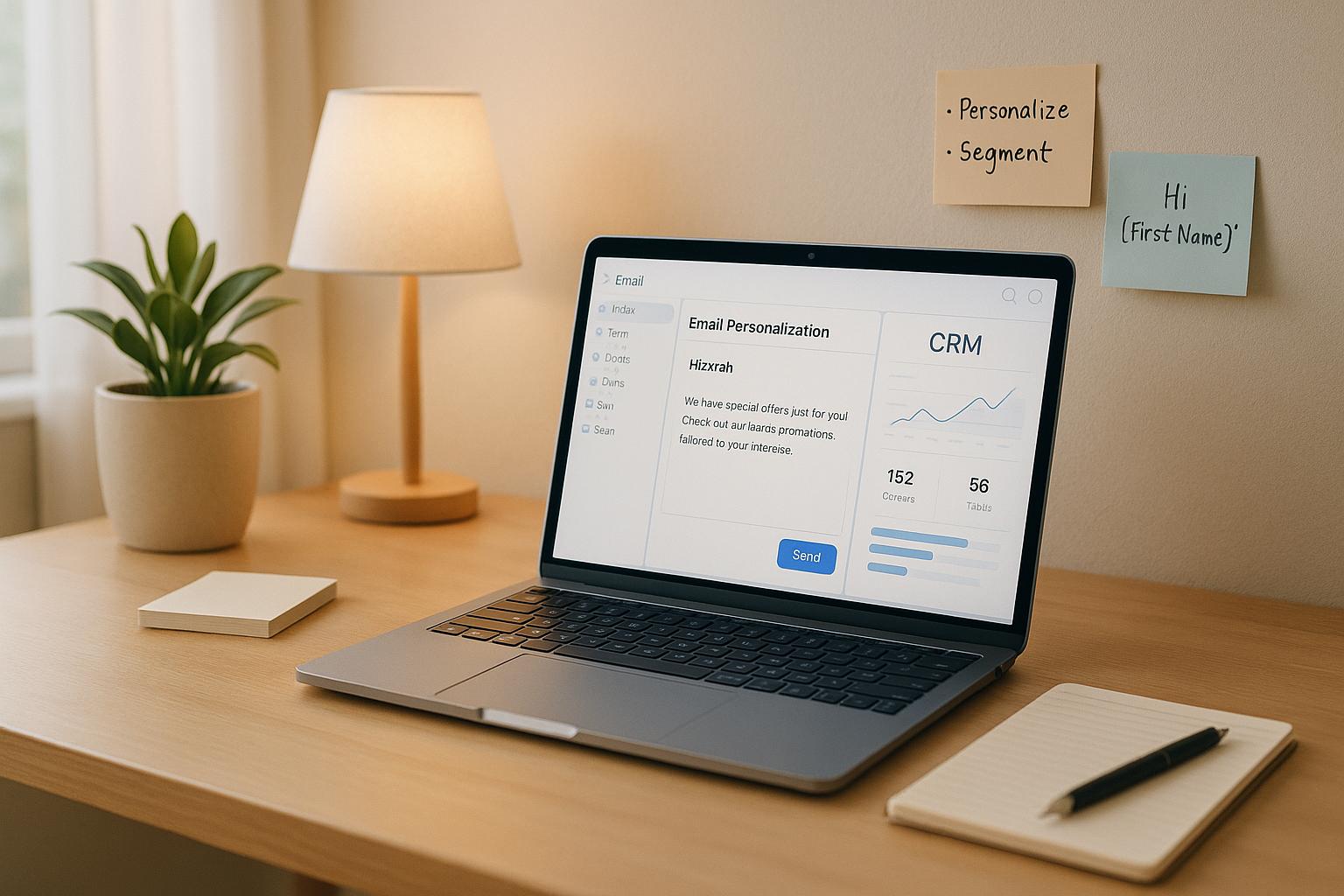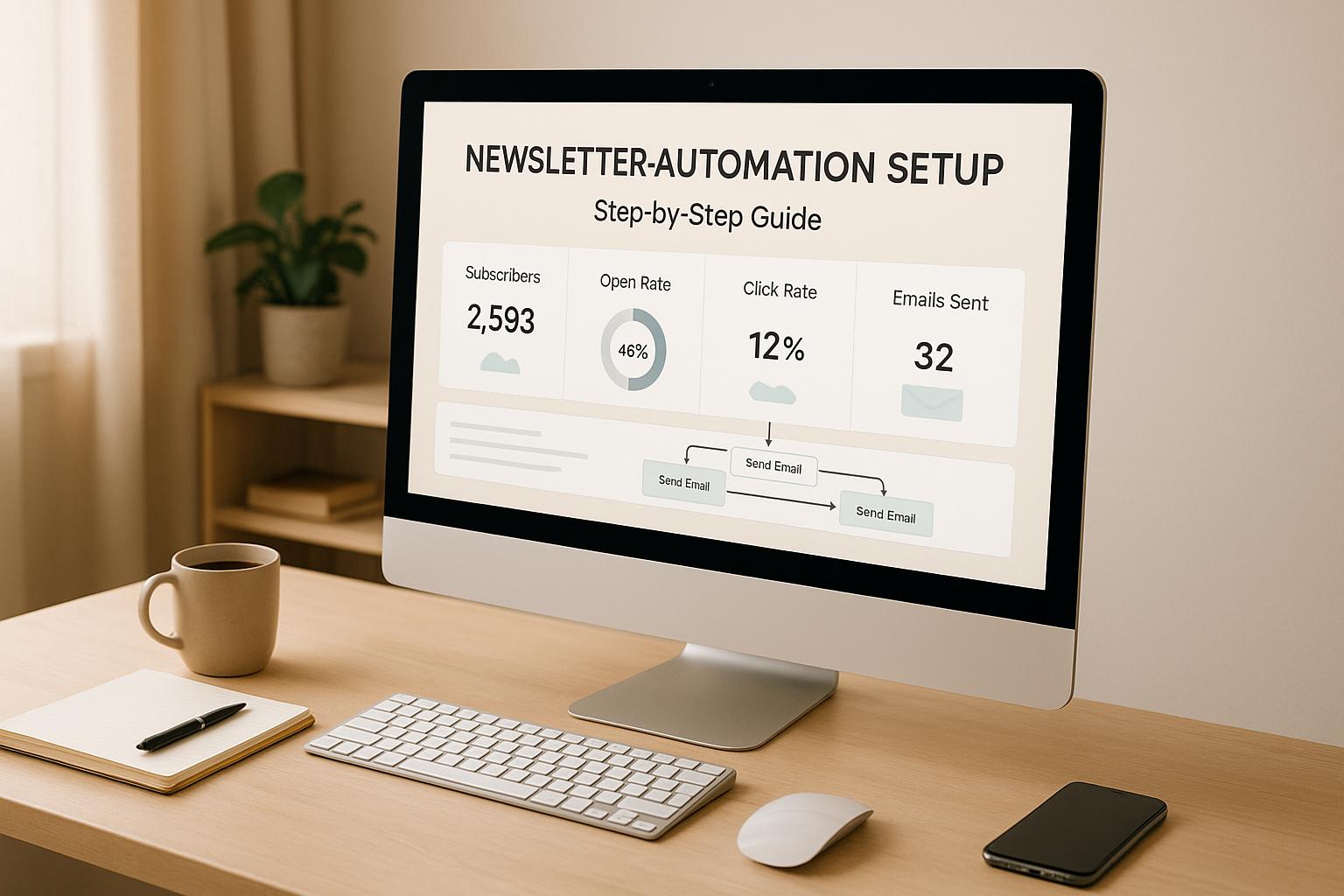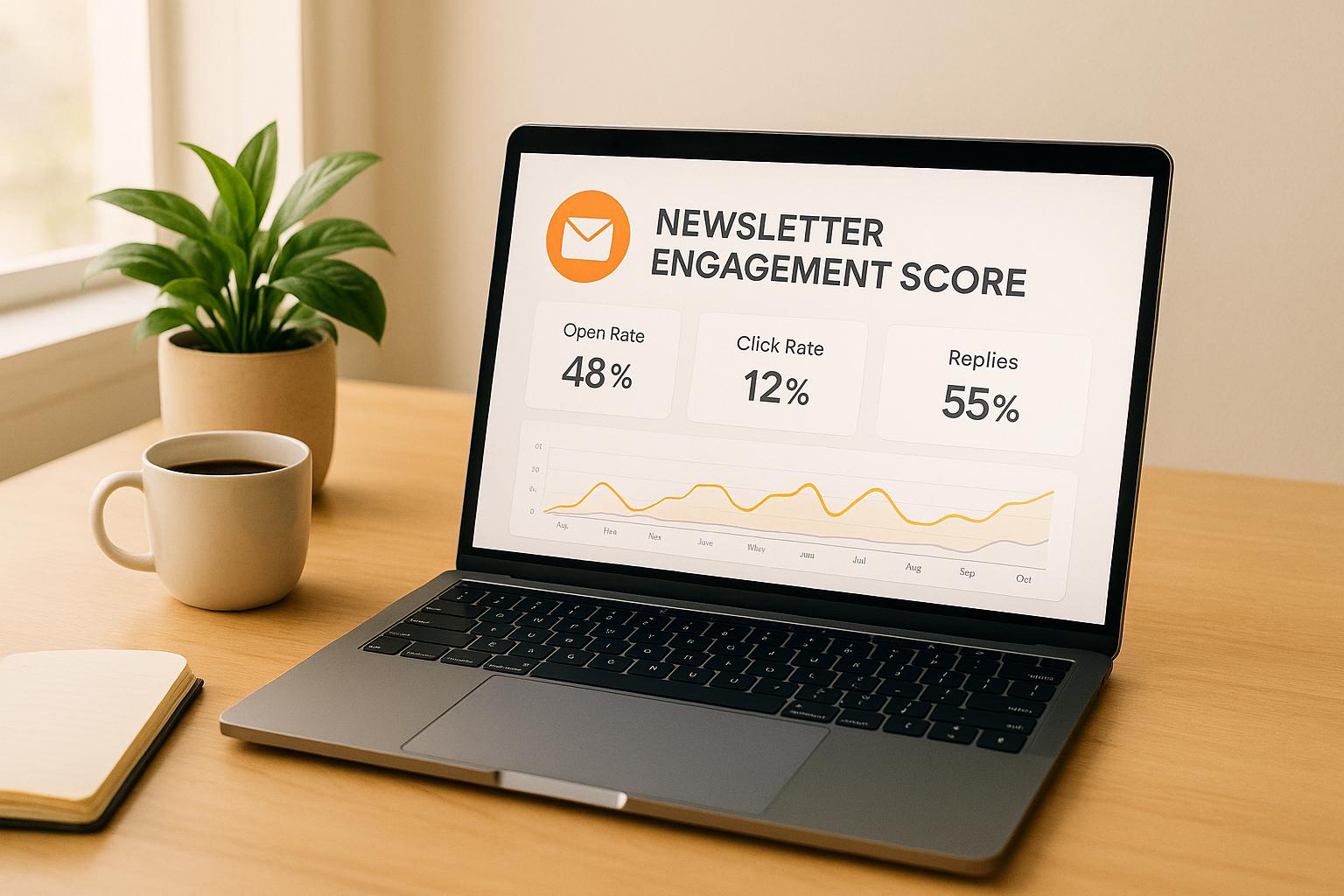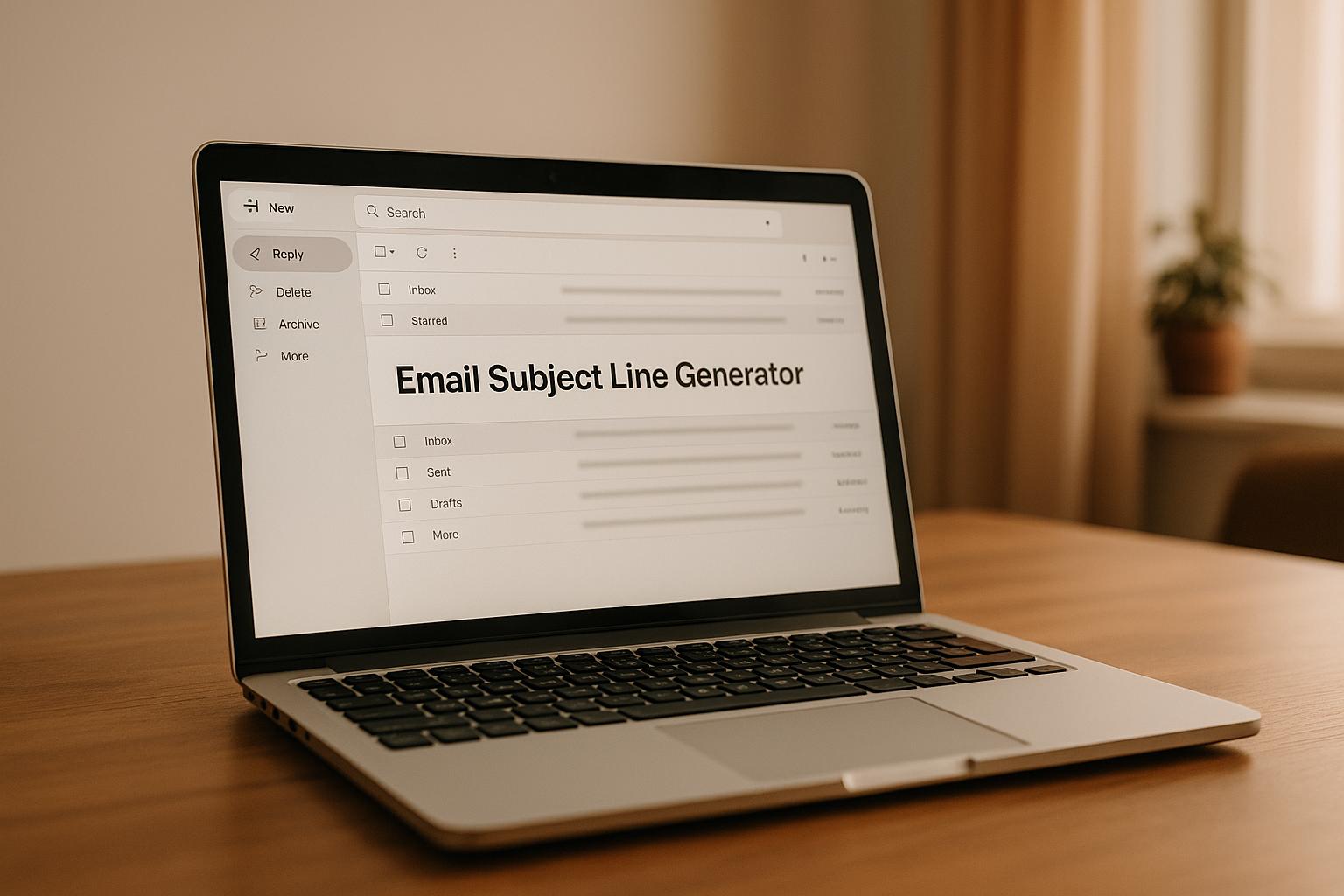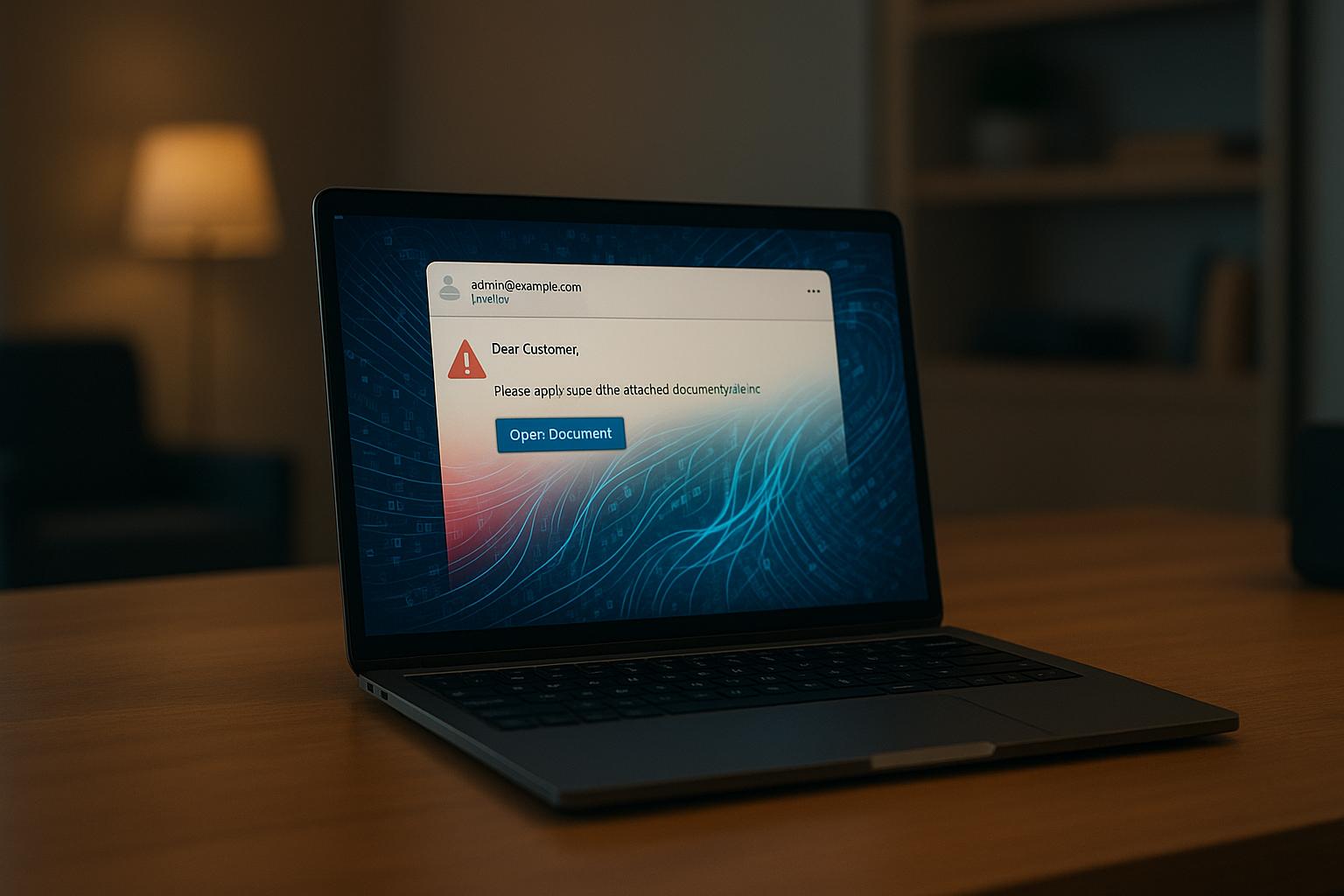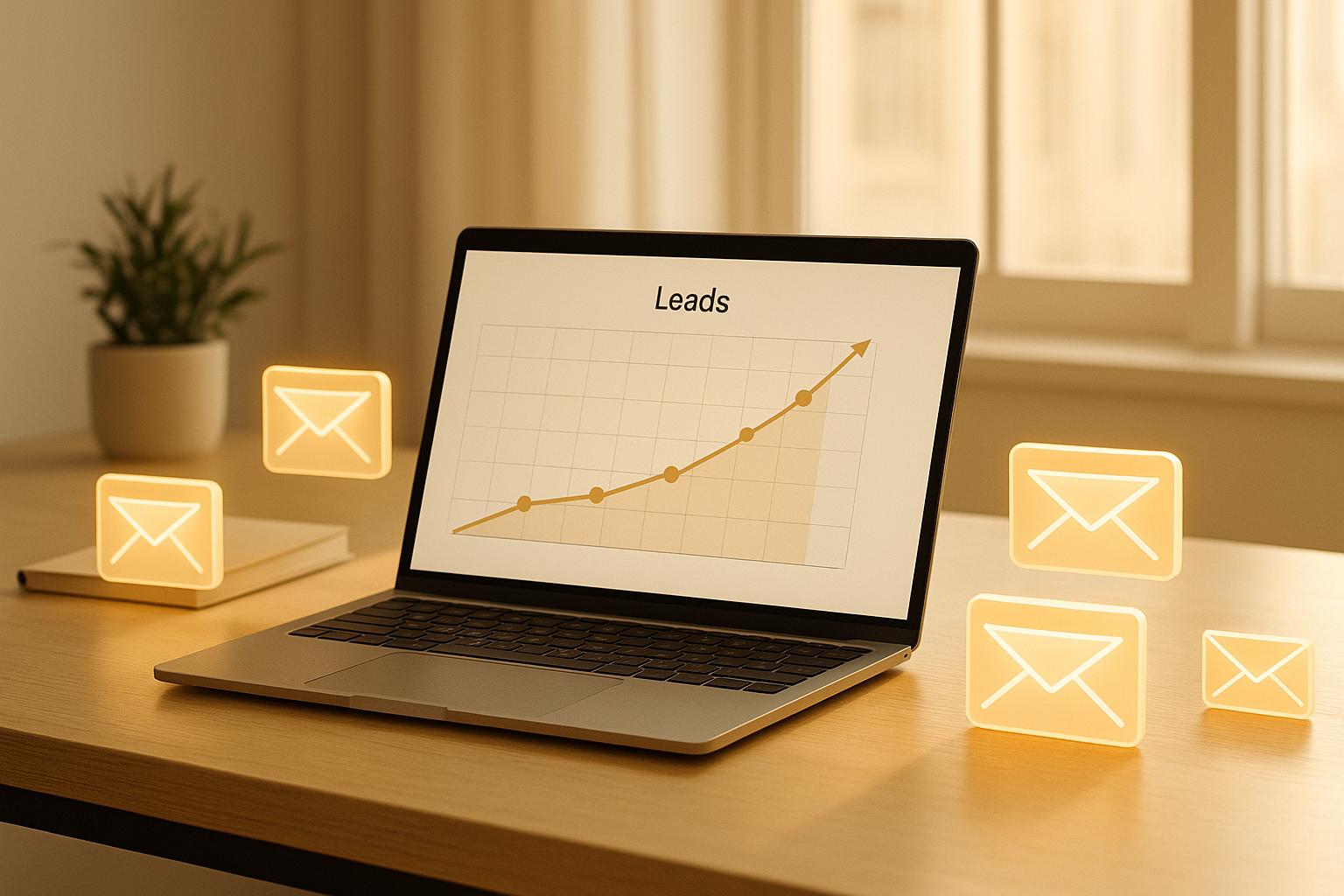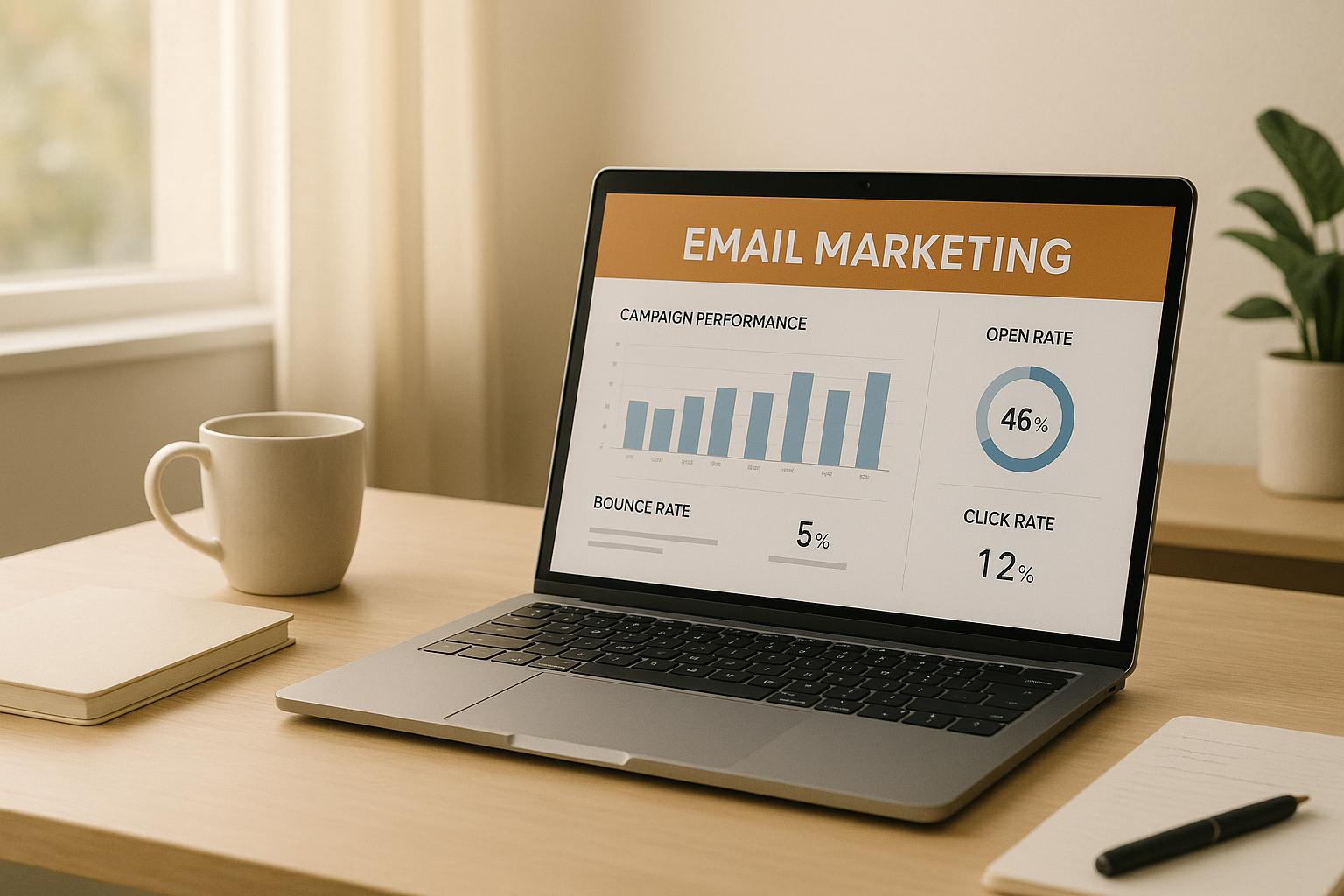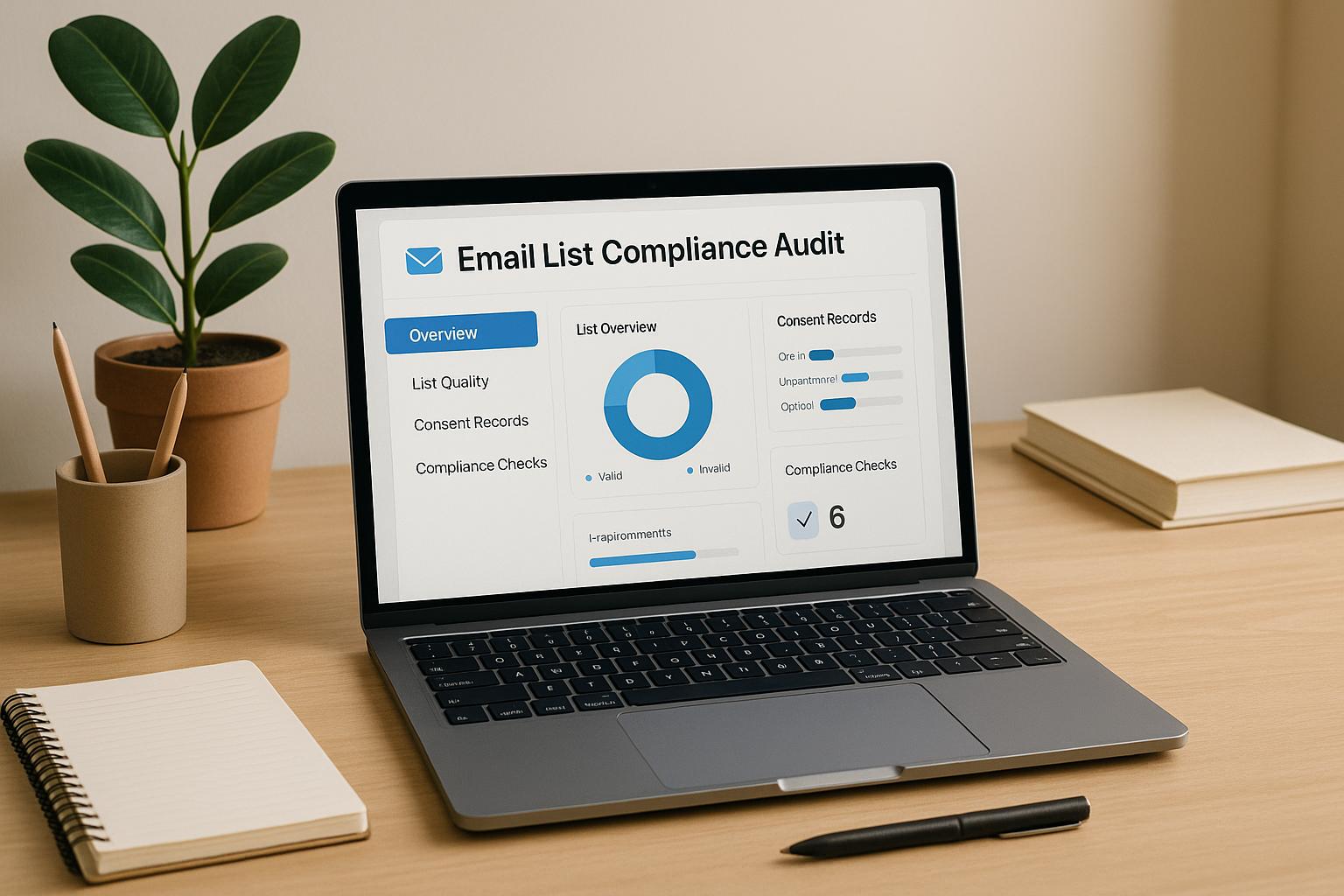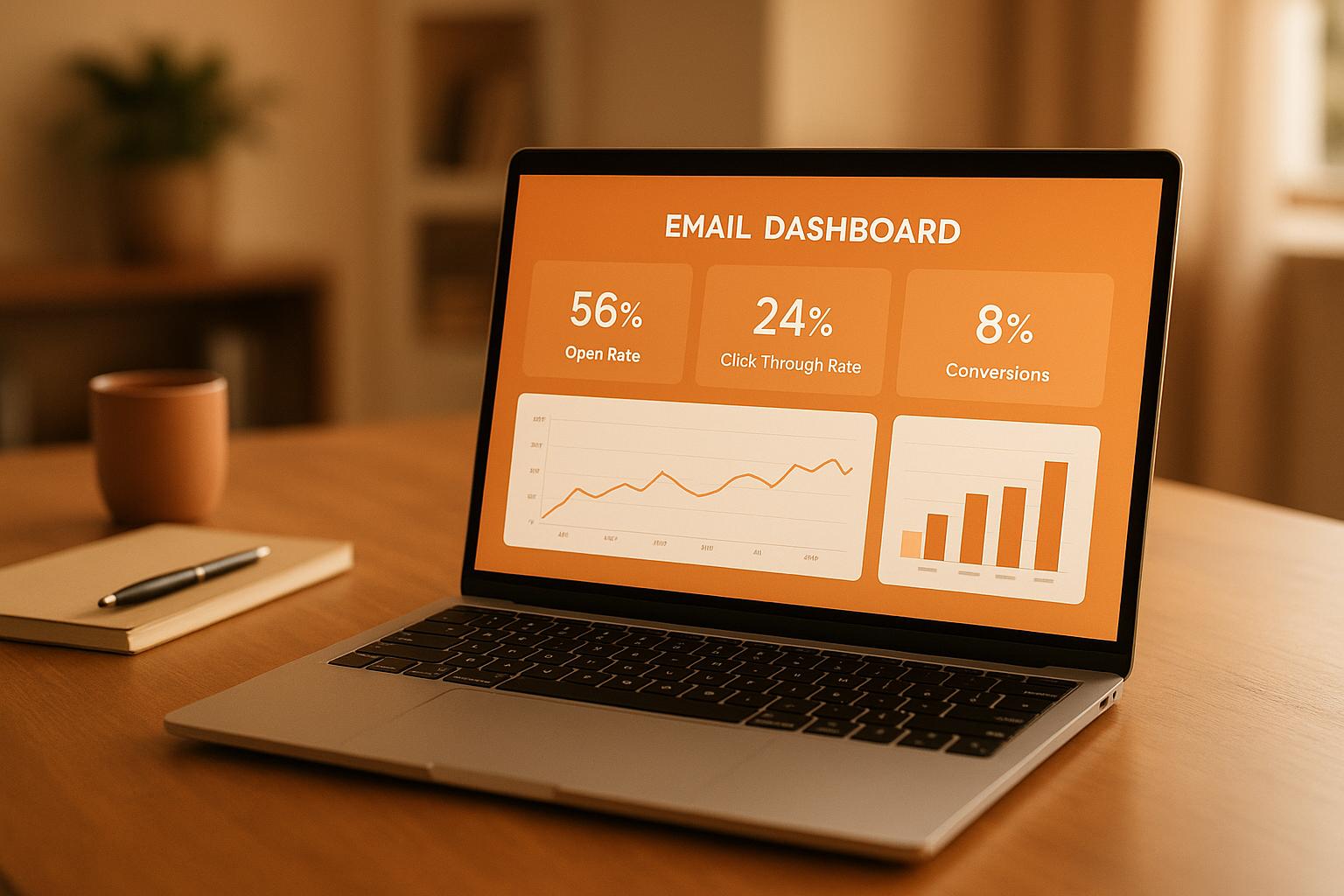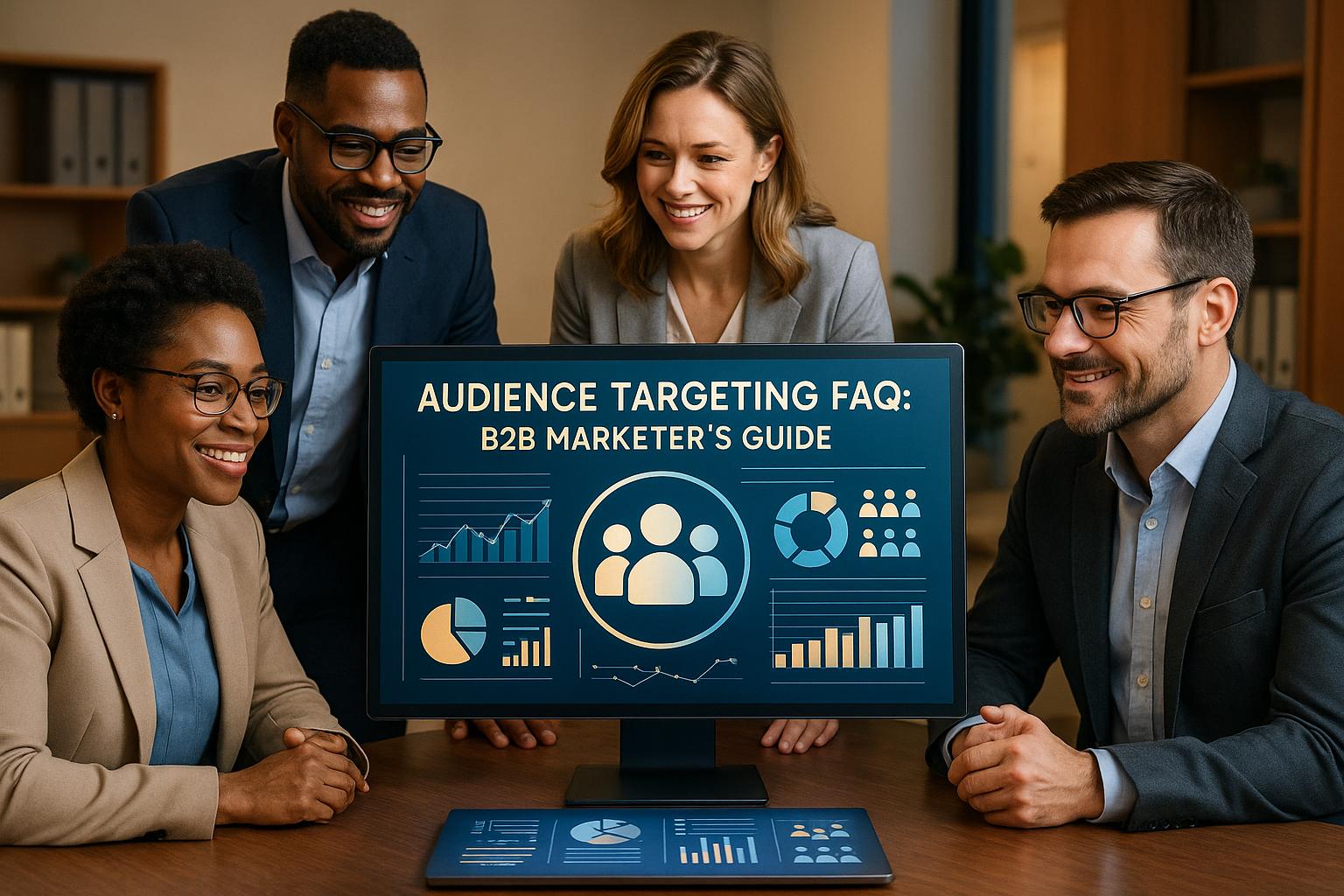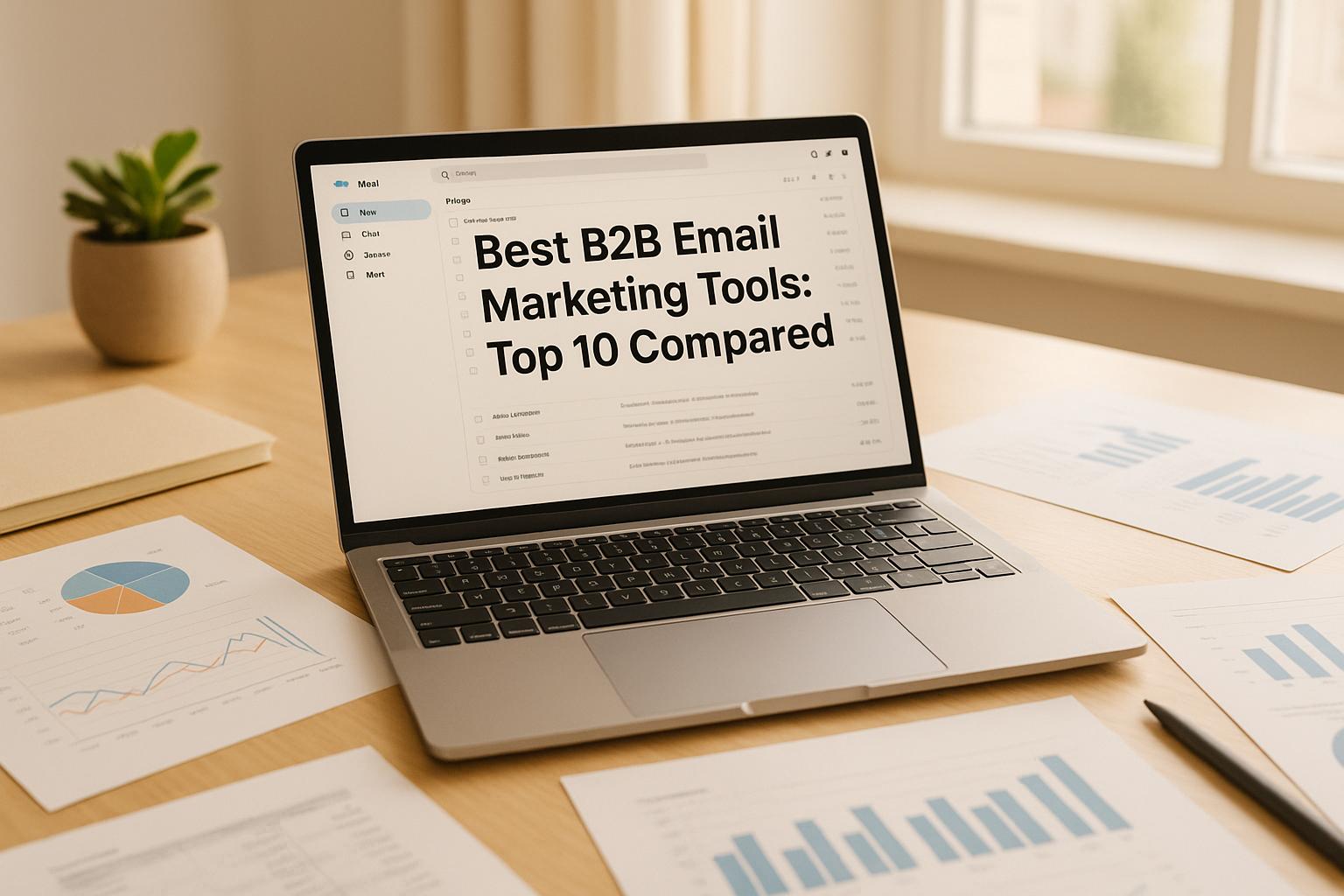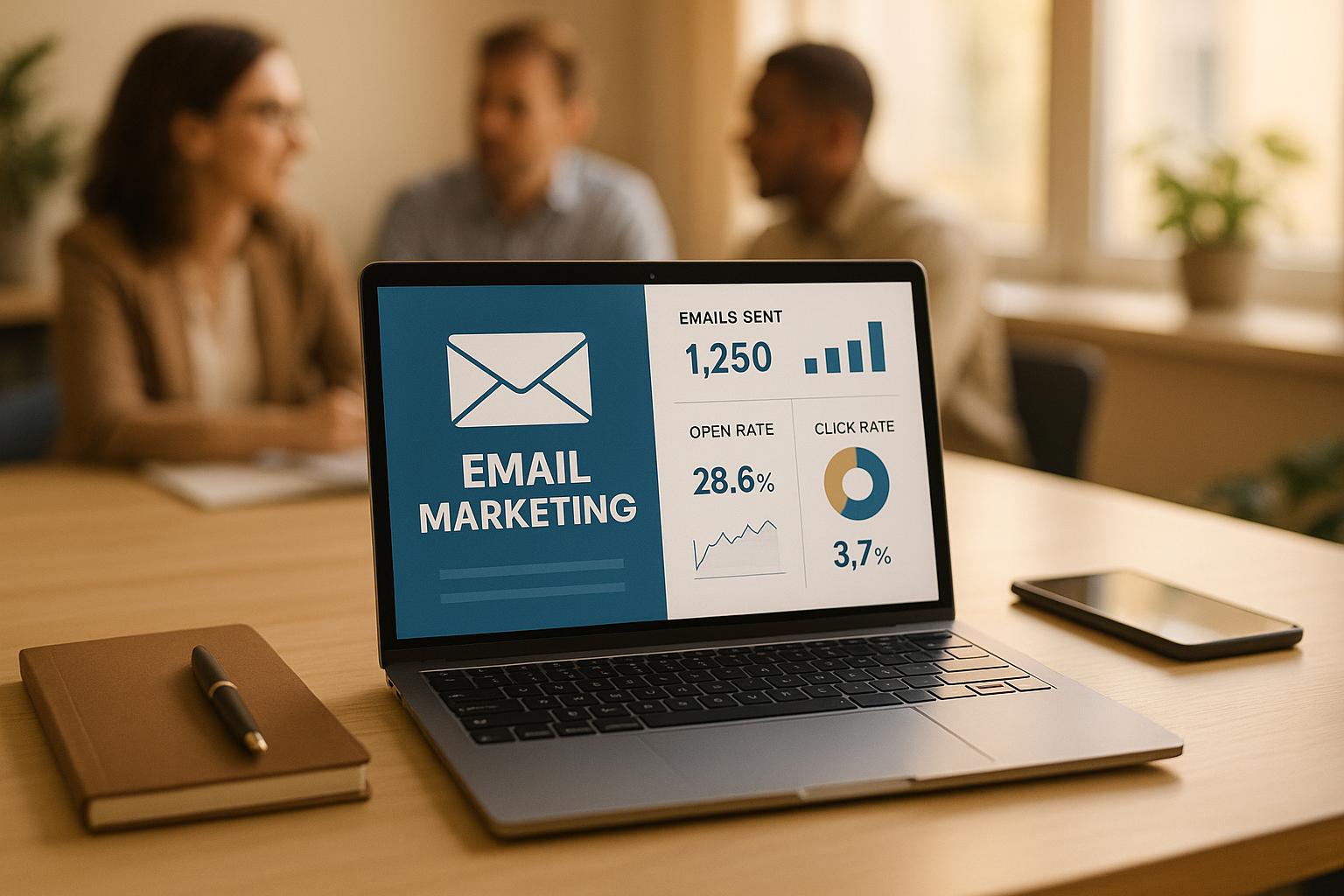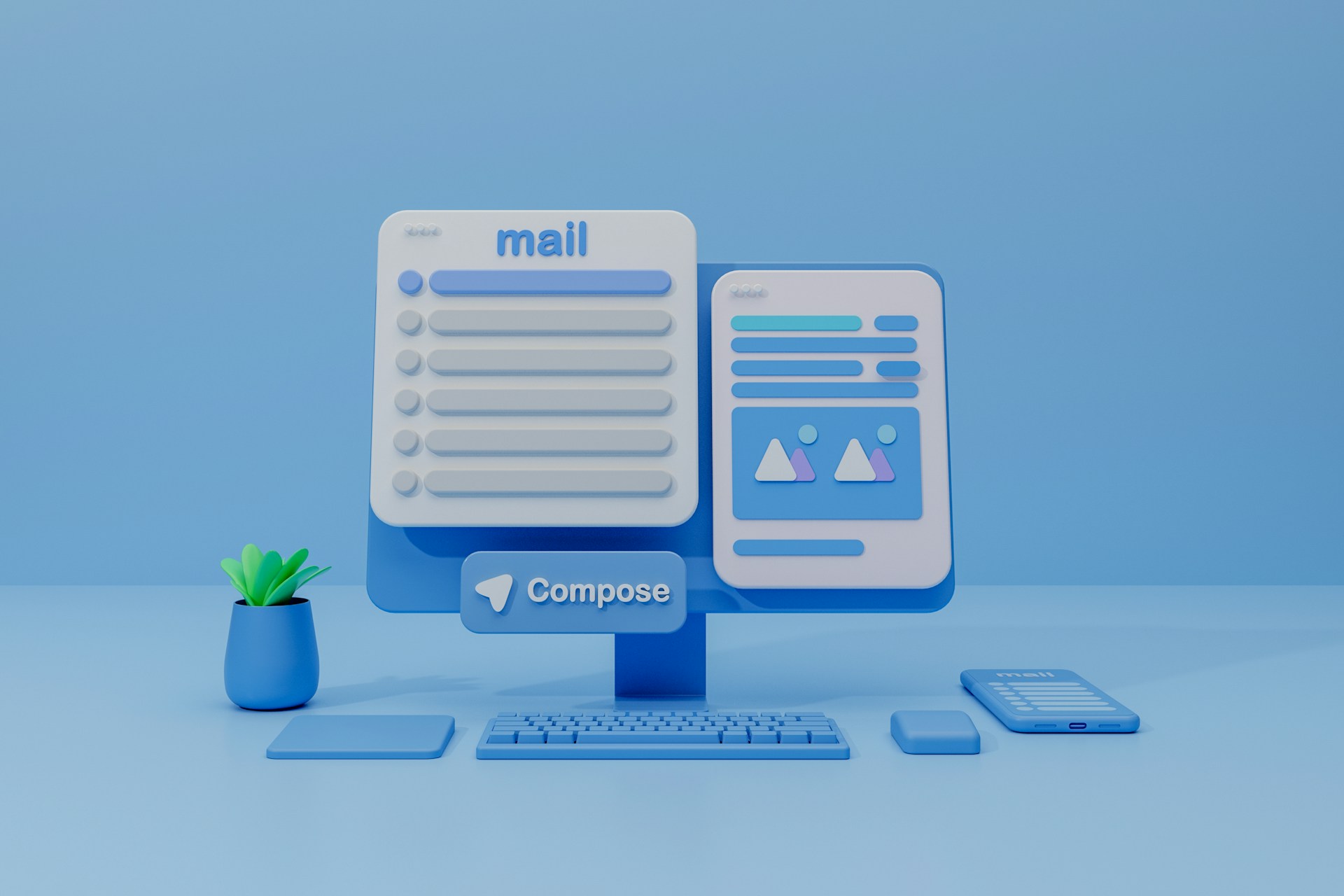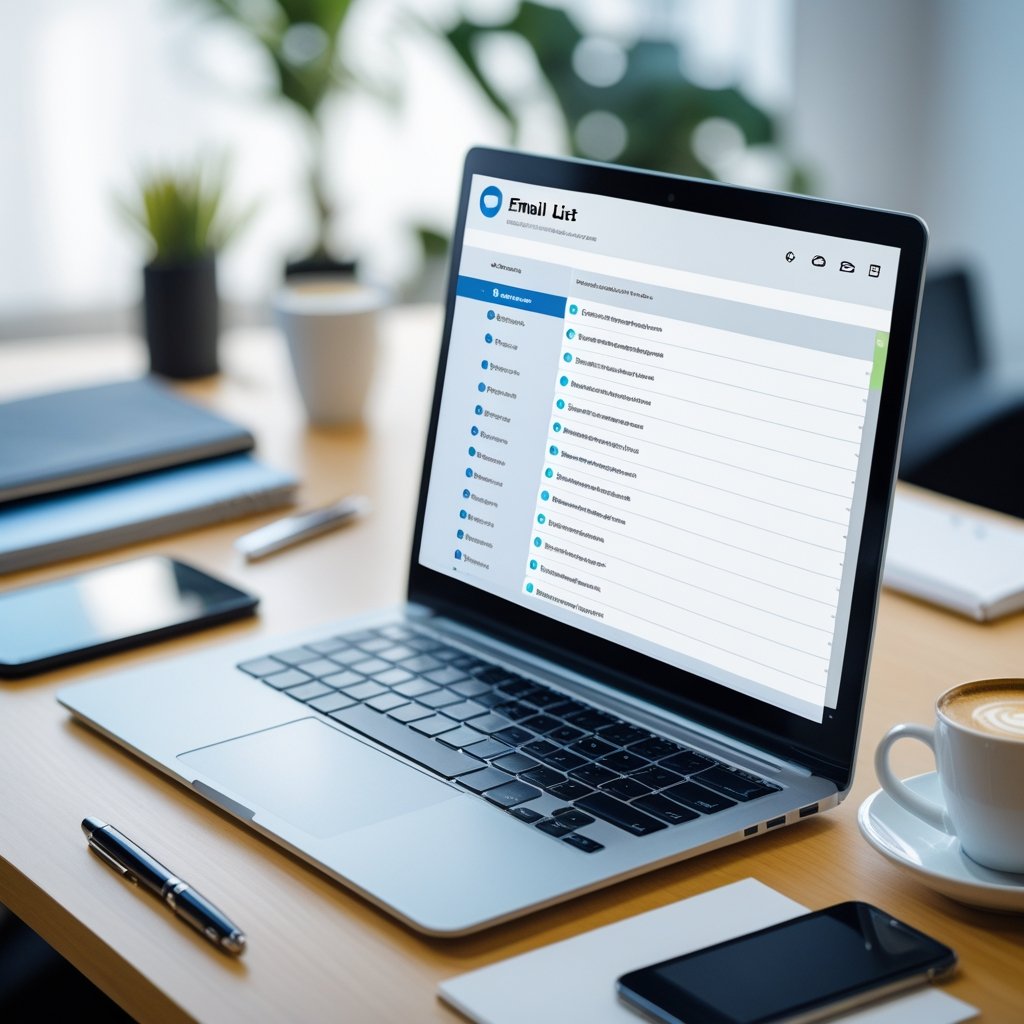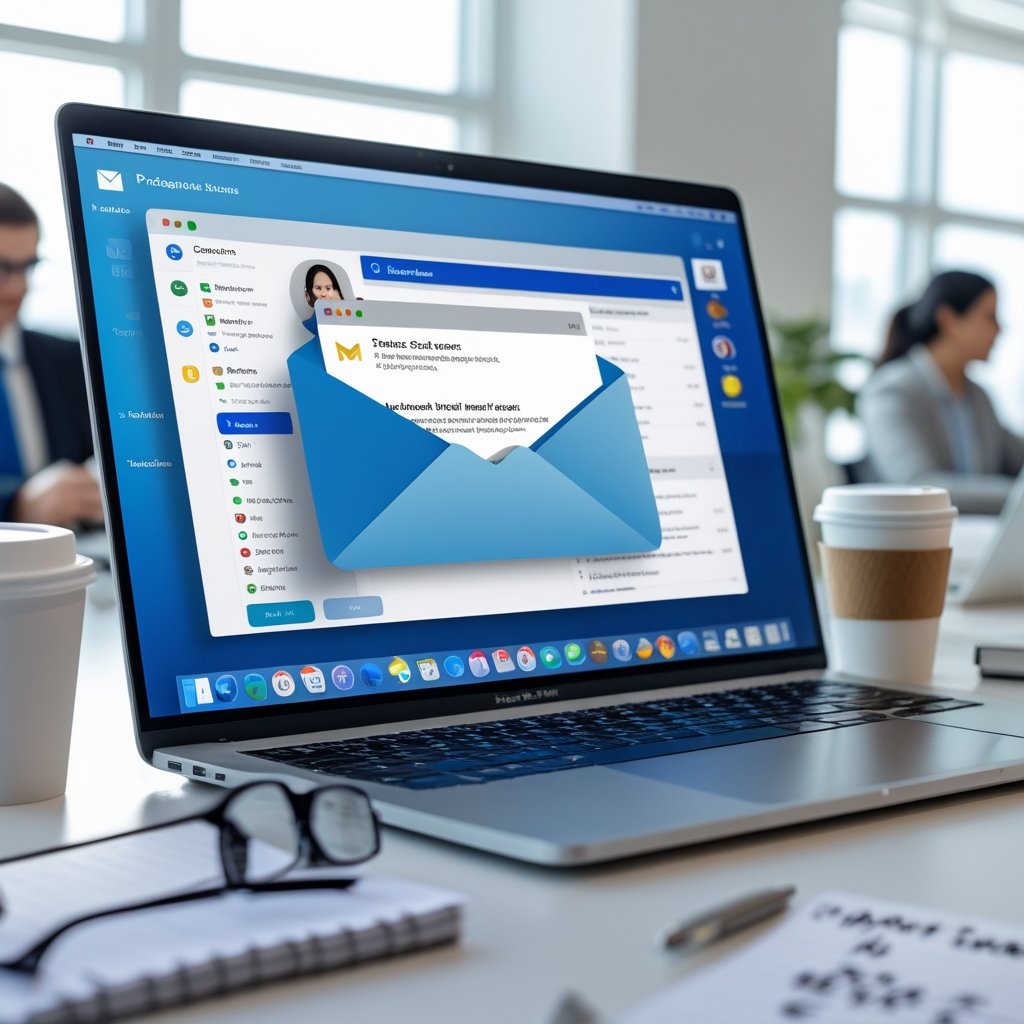How to Monetize Newsletters: Proven B2B Revenue Strategies

If you want to profit from your newsletter, focus on turning your subscribers into reliable revenue sources. You can monetize your newsletter by building a strong, engaged audience. And then offering products, services, or partnerships that match their needs. This means focusing on real subscribers who open, read, and trust your content.
Growing your list with the right people is the first step. Tools like Breaker help automate this process by finding high-value subscribers who want what you offer. Once your audience is engaged, you can create paid options. Features like exclusive content, sponsorships, or courses that add value and generate income.
When you optimize these numbers, you’ll see steady growth in both subscribers and revenue. In this guide, you'll learn the most effective ways to turn your newsletter into a revenue engine.
Building a Valuable Newsletter Audience
To make money from your newsletter, you require the right subscribers who are interested in your content and offer. Growing your list takes more than just collecting emails. You have to understand who you want on your list, attract them naturally, and organize your subscribers. This way, your messages will hit the mark.
Understanding Your Target Market
Start by defining who you want to reach. Think about your ideal readers’ jobs, industries, and challenges. This helps you create content that matters to them and makes them want to subscribe.
Ask yourself:
- What are their pain points?
- What benefits do they seek?
- Which topics will engage them most?
Use surveys, social media, and direct conversations to gather this info. When you know your audience well, you can tailor offers and calls to action that push engagement and sales. For B2B newsletters, quality matters more than quantity—target decision-makers or influencers who can become clients or promote your brand.
Growing Subscriber Lists Organically
Build your list without ads by using strategies that attract people genuinely interested in your content. Offer valuable freebies like reports or templates related to your niche.
Try these tactics:
- Use your website and blog with clear signup forms
- Share your newsletter on LinkedIn and in relevant groups
- Encourage referrals by rewarding current subscribers
- Guest post or collaborate with trusted industry voices
A trusted tool can automate subscriber growth while focusing on high-value B2B contacts. Your list grows steadily with people who want to receive your messages—not just random emails.
Segmenting for Higher Engagement
After you get subscribers, divide them into smaller groups based on key traits like job title, company size, or how they interact with your content. Segments let you send more relevant emails, which improves open and click rates.
Segment
Content Focus
Goal
Marketing Leads
Case studies, trends
Build trust
SaaS Founders
Growth strategies
Drive signups
Consultants
Tools and tips
Encourage sharing
Regularly review which segments perform best and adjust your messaging. Personalized emails show you understand subscriber needs, which builds loyalty and drives conversions. Good segmenting turns a list into an active business asset.
Monetization Strategies for Newsletters
To turn your newsletter into a revenue source, use clear, effective methods. Earn without losing trust or overwhelming your audience. Focus on partnerships, exclusive content, and smart promotions to make money while keeping readers engaged.
Sponsorships and Ad Placements
Sponsorships let you earn directly from brands that match your audience. Offer fixed-price spots or charge per click or open rate. Keep ads relevant and non-intrusive to maintain trust.
Set clear terms about ad frequency and placement. Many newsletters use short, native-style ads that fit smoothly into their content. This approach improves engagement and keeps your readers from tuning out.
Reliable platforms help you reach high-value B2B subscribers, making your sponsorships more attractive to advertisers. Growing your list with the right contacts leads to better ad performance and more revenue.
Selling Premium Content
Charge for extra, valuable content such as in-depth reports, exclusive interviews, or additional newsletters. Offering a paid tier gives your most engaged readers a reason to pay without impacting free subscribers.
Make sure your premium content solves specific problems or provides unique insights your audience can’t find elsewhere. Communicate clearly what benefits paying subscribers get and how often you release new material.
Use simple subscription models or platforms designed for newsletters. Transparent pricing and an easy signup process improve your conversion rate.
Affiliate Marketing Opportunities
Affiliate marketing lets you earn a commission by promoting products or services you trust. Choose offers that fit your readers’ needs to keep recommendations genuine. Avoid pushing irrelevant or low-quality products to protect your credibility.
Focus on products or tools you’ve tested or would personally recommend. Disclose affiliations to stay transparent with your audience. This builds long-term trust and increases the chance that readers will click and convert.
Provide detailed, honest reviews or case studies to boost your affiliate income. Combine your recommendations with clear calls to action and track performance to optimize your strategy.
Setting Up Subscription Models
Choosing the right subscription model helps you turn your newsletter into steady revenue. Weigh the benefits of free versus paid options, and pick payment tools that fit your audience’s needs and your business goals.
Free vs. Paid Newsletter Approaches
Free newsletters help you build a large audience fast. Monetize later through ads, sponsorships, or by driving traffic to paid offers. The main advantage is fast list growth, which can lead to more opportunities.
Paid newsletters require you to deliver clear value from the start. Readers expect exclusive content, tools, or insights they can’t get elsewhere. To keep subscribers, provide consistent, high-quality content. Many B2B creators use tiered pricing, offering a free version with basic info and a paid tier with deeper analysis or resources.
Think about your audience’s willingness to pay and how much unique content you can offer. Combining free and paid options can balance growth and revenue, especially if you use a platform that supports both.
Choosing Payment Platforms
Pick a payment platform that’s simple for your subscribers and easy for you to manage. Look for options that support recurring billing, multiple pricing tiers, and international payments if your audience is global.
Integration with your email system is critical. A platform that works smoothly with your newsletter tool helps automate access control, reducing your workload. For B2B newsletters, tools that help validate subscribers and boost deliverability add extra value when paired with your payment system.
Breaker offers an all-in-one approach that can grow your list while making paid subscriptions easier to handle. Focus on transparency with pricing and provide clear instructions for signing up or canceling to maintain trust with your readers.
Feature
What to Look For
Recurring Billing
Automates monthly or yearly fees
Tiered Pricing Support
Multiple subscription levels
Easy Integration
Works with your email platform
Fraud Protection
Secure payments and validation
Leveraging Partnerships and Collaborations
Working with other businesses or creators can open new doors for your newsletter. This approach helps you reach fresh audiences, build credibility, and increase engagement. Consider joint efforts that combine strengths and generate value for both sides.
Co-branded Campaigns
Co-branded campaigns let you team up with another company or creator to promote a shared offer or content. You’ll create emails, landing pages, or events that carry both brands’ names and styles. This builds trust because your audience sees you linked to a reputable partner.
Agree on goals, split promotion duties, and create clear messaging. For example, if you run a SaaS newsletter, partner with a consulting agency to offer a joint webinar. Each brand markets the event to its list, doubling exposure.
Measure results carefully. Track sign-ups, clicks, and engagement to see if the campaign grows your subscriber base or boosts sales. Top platforms help manage these campaigns, targeting the right B2B subscribers while handling email deliverability and list building.
Cross-Promotions with Other Creators
Cross-promotions are simpler partnerships where you swap shoutouts or feature each other’s newsletters. This works well if your audiences overlap but aren’t identical. You’ll gain relevant subscribers who already trust the creator you’re teaming with.
Swap mentions in your newsletters, or co-produce content that highlights each of your expertise. Keep the focus on what your subscribers want to read. For example, a marketing consultant and a product manager can promote each other’s newsletters because their audiences share interests, even if topics vary.
Set clear timing and frequency for promotions to avoid overwhelming your readers. Track open rates and new subscriber counts to ensure the swap is worth your time. Done right, cross-promotions grow your list steadily with engaged contacts who convert better.
Optimizing Newsletter Performance
To get the most from your newsletter, track where your money comes from and make sure your emails reach and engage your readers. Both steps help turn your newsletter into a steady revenue source.
Tracking Revenue Streams
Know exactly which parts of your newsletter bring in money. Assign unique links or promo codes to different offers. This helps you see if paid ads, sponsorships, affiliate links, or product sales perform best.
Use simple tools like spreadsheets or basic analytics in your email platform to monitor revenue per campaign. Track these metrics regularly:
- Click-through rates (CTR) on revenue links
- Conversion rates after clicks
- Total income generated per issue
This data helps you stop investing in low-performing streams and focus on what works. For B2B newsletters, targeting high-value leads often yields better returns than chasing mass distribution.
Improving Deliverability and Open Rates
Deliverability means your email lands in the inbox, not the spam folder. Clean your list frequently to remove inactive or invalid addresses. This keeps your sender reputation strong.
Craft clear, relevant subject lines to boost open rates. Short, specific subjects that promise value perform better. Also, optimize sending times based on your audience’s habits.
Use an email platform that automates list validation and optimizes delivery. It helps you grow your list with real, engaged subscribers and improves open rates without extra work.
Send on a consistent schedule and test your emails on different devices to catch display issues early. Good deliverability and open rates directly impact how much revenue your newsletter can make.
Turn Your Newsletter Into a Revenue Channel
Monetizing your newsletter isn’t just about adding ads or launching paid content—it’s about matching offers to audience intent. With the right strategy, your list becomes a dependable source of income, not just another marketing tool.
Start by growing with high-quality subscribers, then test what drives real returns: services, sponsorships, content, or partnerships. Tools like Breaker streamline list building and engagement so you can focus on what earns. Start growing your list today with smarter leads.
Frequently Asked Questions
What are the most profitable niches for starting a newsletter?
Business, finance, and technology are top niches because they attract paying audiences. B2B topics like marketing, SaaS, and sales are especially strong for monetization.
Health and personal development niches also work well, but they often require larger subscriber lists to generate consistent income.
What are effective strategies for making money with a newsletter?
Sponsorships and paid ads can bring steady revenue if your newsletter has engaged readers. Selling premium content or membership access creates direct income from loyal subscribers.
Affiliate marketing works if you recommend products your audience trusts. You can also offer your own services like consulting or courses through your newsletter.
How many subscribers should I have before I start monetizing my newsletter?
You don’t need millions to start making money. Many begin monetizing at a few thousand engaged subscribers.
Focus on building a high-quality list where open and click rates are strong. Platforms help you grow targeted B2B lists with real subscribers, not just numbers.
What steps should I take to begin a successful newsletter business?
Pick a clear niche with a target audience in mind. Create valuable content that solves specific problems. Grow your list with consistent outreach and good deliverability practices. Use tools that automate growth and help you segment your audience for better engagement.
How much revenue can I expect per subscriber for my newsletter?
Revenue per subscriber varies by niche and engagement, but typically ranges from $0.10 to $1.00 monthly. B2B newsletters usually earn more because advertisers pay higher rates. Focus on quality over quantity to maximize your earnings.
What innovative newsletter business ideas have proven to be successful?
Many creators combine newsletters with exclusive webinars or online communities. Automation platforms help creators grow and monetize their newsletters. Selling bundled offers or physical products can also boost revenue.


